Description
-May Dac = “The possibility of.”
The May DAC is here! over 3 years waiting and tremendous R&D to achieve a new level of performance and sound quality that sets a new standard. Ultimate endgame DAC. Natural Analog sound with no compromise. Having the best measurements of NOS R2R Dacs. And delivering our intoxicating sound signature that HoloAudio is known for.
Currently production time is estimated for about 5.5+ weeks from time you place your order. We appreciate your patience and understanding. We will likely deliver before this time, but this is an estimate for new orders. Inventory shown on the website is to control sales volume only.
Here at Kitsune HiFi, we have three versions of the May DAC. Below are the three levels, and KTE being our Flagship model with all options:
Prices are as follows for May lineup:
L1 MAY = $4198.00 + S&H
L2 MAY = $4798.00 + S&H
KTE MAY = $5598.00 + S&H
As of April 2020 shipping costs have gone up significantly due to COVID19. this is out of our control.
What’s the difference between models? For a quick explanation- go to the orange links found below the add to cart button.
Some noted features:
The May DAC (all three models) will also support DSD1024 native and PCM 1.536MHz output! Theoretically it can do DSD2048 and PCM 3.072Mhz however is untested at this time. Also, we have worked hard to reduce the common click noise with all dacs when switching from DSD to PCM. This sound click sound has been reduced significantly with a special circuit design. The May DAC has the new and exclusive USB Enhanced module (L2 and KTE ONLY) which has our FPGA with the new Titanis 2.0 and custom firmware to improve USB Eye Pattern and reduce latency to near zero as well as reduce jitter to very very low levels. The USB module has completely new code written to optimize performance and reduce latency significantly. Low frequency performance (-40db) is also improved. The “enhanced” USB xmos module is twice as powerful/capable as the one that is used in the Spring2.
New improved power supply circuit with high performance multi stage regulation circuit using Rubycon ZLH caps, Panasonic FC, Vishay Caps or L2/KTE models with our exclusive HoloAudio Branded Caps (KTE model unique custom proprietary caps to replace Vishay caps)
We are no longer using common LVDS chipset and are now using a custom 4way circuit that isolates each line which further improves sound quality. such as the MCLK is isolated from data line and this improves jitter spec. Also there are TWO i2s ports in the May dac. Each one can be individually configured pin outs to support all i2s products on the market.
The May and KTE version of the May DAC also is with a CNC machined aluminum remote control! Standard with all three models.
The KTE version has OCC copper wire replaced with 1.5mm pure silver wire. 1.5mm Silver wire is soldered direct to the pcbs with highest grade audio solder. Silver Rhodium Faston connectors used at IEC input.
The May is a DUAL mono DAC. so there is a dedicated Dac Module for Left Channel and a dedicated Dac Module for Right Channel. Also each channel is individually powered by it’s dedicated Otype FLATWIRE transformer found in all three models. We have found after careful testing this new transformer type outperforms ALL transformers we have ever tested to this date. Near zero leakage, improved dynamics and overall spectacular performance. They are handmade for this dac specifically and delivery world class performance you would expect.
May DAC also has a new screen on the front that appears the same as the Spring2 on initial glance…. Font size is bigger than Spring2 but smaller than Spring1. Also you can see the CD track-time information is displayed when using spdif inputs!!!. This is done by extracting additional data from SPDIF. This a part of CD red book standard but nobody notices this and often forgets this cool feature or doesn’t know how to extract the data!. This will lead a fashion for other DAC developer to support this feature… customers will surely love this feature albeit subtle. The screen is much better contrast and viewing angles and one of the first things one may notice.
The May also has a front power button now! It’s been a request by many customers and gone are the days of a good old reach around to get the dac to be turned on! As mentioned before above… The DAC has a soft start circuit!! So don’t fret, it takes a moment for it to charge up and pull power without blowing the fuse!! It actually uses the same exact value of fuse that our Spring1 and Spring2 has! But two transformers! If we don’t have a soft start a couple issues can happen… one being a blown fuse from power surge, and another simply having possible pop noises. No chance of these things happening. We have carefully designed the circuit to have a zero compromise design.
Technical Information about our Custom PLL circuit:-
More about the May Dac.
- The new generation of linear compensation technology solves the accuracy errors caused by resistor
tolerance, after compensation, reaching a variance of 0.00005% tolerance accuracy. - Proprietary anti-jitter technology that provides a full amplitude of anti-jitter without increasing noise floor
and other undesirable effects. - Based on this new generation of technology May “梅” can provide a SINAD of >115dB and a dynamic range
of >130dB, which represents the performance limit reached by today’s most advanced R2R architecture
DAC. - Using the ultimate performance of PLL+FIFO technology, provides 0.1Hz Third-Order low-pass ability to
inhibit jitter. It also uses a high-performance femtosecond VCXO as the PLL clock source. Under the premise
of being almost immune to the front-end jitter, it can also lock up to 1.5us-2us @ 1KHz signal with high
jitter. (It can lock up to 1.5us-2us @ 1kHz signal with high jitter on the premise of almost being immune
front-end jitter). - Dual Mono DAC L/R channels are independently powered by their own dedicated transformer in the PSU
chassis. This provides better channel separation and more accurate sound stage. - Official Support USB and I2S up to DSD1024 and PCM1.536MHz sample rate.
- The USB interface uses proprietary firmware with ultra-low latency, a highly reliable data transmission, ideal
USB eye pattern measurements that contributes to 2-4 times higher performance than official firmware. - Two sets of independent HDMI-I2S input interfaces are provided, and each set of I2S has a four-way
independent circuit, as opposed to standard LVDS chip, making I2S clock signals subject to lower
interference and lower jitter. In addition, each group of I2S inputs can be configured with specific pinout
configuration, making it compatible with most of the HDMI-I2S digital devices on the market.
General info:
Dimensions per chassis (2 total): 430 mm (W) * 300 mm (L) * 55 mm (H) additional 12 mm for machined feet (for each part, two of these chassis stacked on each other)
Weight: 18.0 kg Approximately for both Chassis or about 39.68Lbs
Power Consumption: 60W
Accessories included: power cord (NorthAmerica ONLY), remote control, DC Power Cable (1M length), Package includes DAC only + Remote +DC Cable – NO Batteries in remote to speed up customs clearance.
WARRANTY – 3 years warranty, both parts and labor, cover one way shipping (return shipping once product is confirmed a warranty claim). Be sure to buy directly from HoloAudio or authorized reseller and we recommend to buy from HoloAudioUSA<– this is KitsuneHiFi 😉 – Support is given from the source you choose to purchase from.
This is special order item (will show “in stock” if able to order, this means we have the parts available for this dac and the order can be placed), with a typical 5.5+ weeks (estimated) delivery time to USA customers. However orders placed after Jan 1st 2021 (every year) may be delayed due to Chinese new year and add an additional 2weeks. This is out of our control.
Other voltage options than 110V (ie: 220/230/240V) may delay order an additional week. We will give you current estimate upon receipt of payment if it is different than the quoted 5.5+week estimate, and can be cancelled if you choose not to accept the terms to wait for the production/shipping times. After you accept the terms, I will place the order with HoloAudio directly, as the order is considered a special order item there will be no cancellations or refunds if 48hours past date order was placed. The product is guaranteed not to be DOA and has multiple levels of quality control testing before it’s shipped out to you. We are confident you’ll be happy with your purchase.
NON USA/CAN customers please contact us for quote on shipping costs. Please include your full shipping address and phone number along with voltage requirements when requesting to order this DAC. The same terms apply and estimated production times quoted above. HoloAudio products are assembled in China and shipped out from HK.
Shipping estimate varies, it’s best to email us for a current quote. (items in stock are NOT ready to ship, this means we have enough components on hand to build them. We are working our best to keep up with demands. You will get estimated time for production and shipping with your order. (Average is 4+weeks production and 4-6days shipping)
We sell HoloAudio Products and offer support to North America and Japan, Other areas you must contact you local dealer. More information can be found below:
To place an international order with us (other than HoloAudio products, please ask if we are able), USE our contact form… and then please provide the following information: Full Name, Phone Number, Shipping Address, Email Address to send Paypal Invoice to, and detailed list of products you would like to order and voltage requirement if applicable. But if you are in North America, just use our website and add item to your cart and checkout as normal. Other Areas must contact your local dealer.
For HOLOAUDIO sales, please contact a dealer near you.
If you are in Europe or other areas nearby, please contact our European Authorized HoloAudio Dealer for the best service and support in your area, Magnahifi.com
If you are located in the UK, please contact EliseAudio
If you are in South Korea, please contact our dealer in South Korea – SonorisAudio
If you are in HongKong, please contact our dealer WildismAudio – WildismAudioHK
If you are in Australia, please contact IndiHifi.com.au, your source for HoloAudio in Australia
“NOTE: Be sure to say in notes what volt ac model you need, USA/CAN is 110 volt ac standard etc. – Also note if you ask for special voltage transformer that it can delay your order up to a week longer.”
Kitsune HiFi carefully chooses products that we want to offer to our customers and be unique and/or stand out from all these audio supply stores. Jeff Zhu is a very talented engineer and is the brains behind HoloAudio. Some say he is the man behind the curtain and he has certainly impressed us with his knowledge and his newest line of products that surely will leave you impressed too! The May DAC is the most recent product and is capable of DSD native on an Discrete Resister Ladder DAC! This May DAC is capable of DSD1024 native and actually running on his bespoke discrete ladder DAC! This is a unique custom build discrete resistor network DAC with linear compensation and advanced architecture based on R2R however we don’t refer to it as R2R since the design is far superior. This is our second discrete DAC that has linear compensation and this allows for ultimate music reproduction accuracy. Dual MONO R2R DAC Module resistor network with advanced architecture for PCM w/Linear Compensation. Also Dual Resistor Ladder network with optimized architecture specifically for DSD! We will be offering the first May DAC’s in the USA and the KTE/Kitsune Tuned Edition is no longer just exclusive to us. We have licensed the build as being the ONLY authorized modded edition of the May DAC by HoloAudio. This means our authorized dealers will carry our KTE May! And if you buy from a dealer you will get support from that particular dealer. Many may continue to choose Kitsune HiFi and will receive our excellent customer service that we are well known for.
You may be asking… well what is so special about this DAC? A Discrete R2R DAC with linear compensation…what is this?
There’s an additional R2R resistor network in the May DAC, that compensates the main R2R ladder. It works like trimming, but trimming is to change the resistor value. This additional R2R ladder is digitally controlled and will accurately compensate the resistor tolerance reaching a variance of 0.00005% tolerance accuracy. . For example, the MSB of 16 bits should have the value of 32768, but due to tolerance, it represents 32700 in real world results. Then that additional R2R ladder will compensate 68 into it. Thus it now becomes 32700 + 68 = 32768. What this means is that it’s likely the most precise Discrete DAC on the market with near flawless linearity, lowest THD and highest SNR of any NOS DAC. The sound is simply something you must experience to fully realize how special this DAC is. It’s a patented technology exclusive to HoloAudio. KitsuneHiFi is also HoloAudio USA and proud to bring you this DAC.
Product Description:
This new DAC “May” is the design of a new generation, it’s HoloAudio’s finest technology all designed by Jeff Zhu, the engineer behind these great products. It’s a full discrete R2R type of audio decoder and does not have off the shelf-DAC chip! This is a bespoke custom-designed core DUAL MONO DAC modules that are truly a breakthrough with technology for any DAC chip today. The May is here to achieve new heights, new dynamics and simply a full spectrum of audio to please the aural senses.
1. 100VA DUAL O-type(not Toroid) FLATWIRE (NOT roundwire) 6N Copper custom hand made audio transformers. (All models)
2. All copper wire is replaced with 1.5mm pure occ silver wire. Only KTE model
3. Hand Selected Dac modules to have best measurements compared to averages. Higher dynamic range. Only KTE model.
4. CNC Black/Copper shield DAC Module Covers on each module with laser etched KTE logos. Only KTE model.
5. Replaced IEC inlet connectors with pure silver/rhodium plated faston connectors at the IEC inlet Only KTE model.
6. Fuse is upgraded with world class Red Nano fuse with gold/silver and graphene and quartz filtering materials. Only KTE Model
7. Standard Vishay caps are replaced/upgraded with KTE capacitors***
***unique ONLY to MAY KTE – KTE Caps to replace Vishay on the L1/L2
models (we have done extensive testing and these prove to provide intoxicating voicing and are beyond subtle improvements over L1/L2)
8. Custom made HoloAudio 1000V 1uF caps (replaces standard mundorf evo silver/gold caps)
9. Enhanced USB module with Titanis 2.0 circuit
10. Special Kitsune Tuned Edition branding inside and out (pure copper Kitsune fox emblem on top panel) + remote control / KitsuneHiFi VIP service, english support and manuals/software
Note: all models share/include same Flat wire Otype transformers, custom PLL with crystek vcxo clocks, all copper and black chassis color, remote control, dc cable, ac cable. These are the shared features.
HoloAudio is the world’s first to support DSD natively on Resistor Ladder DAC, so far the only one. This is not the DSD converted to PCM before digital-analog converter, but directly by the discrete components of the DSD digital to analog converter. Supported currently on MAC (DOP)and Linux (DOP), and Windows/PC (Direct Native and DOP). Please note, the word ‘R2R’ is the name of a kind of architecture of resistor ladders. This architecture requires less resistors yet still is capable to deliver more than acceptable performance. Most DACs in the industry use this architecture. The DSD Dac module resistor network of May Dac does not use R2R architecture for the DSD, more specifically it uses a very specific architecture which is optimized to perform DSD data to analog. So to be entirely accurate the DSD part of May Dac is using resistor ladders, not R2R..
Info on Red Nano Fuse type used in KTE May model:
Fuse Type for L1 and L2 May :
Shurter Gold fuse type
2A SB 5x20mm (220v) and 4A SB 5x20mm (110V)
May’s input and output interface:
- Digital input interface includes
- Enhanced USB (ground isolation) + Titanis 2.0 circuit + KYCON industrial High retention USB Connector (improved impedance spec) – Proprietary inhouse firmware w/ ultra low latency performance. Ultra low noise voltage regulation
- RCA coaxial
- BNC coaxial
- AES/EBU
- optical fiber/Toslink
- I2S (HDMI) – improved ultra high performance 4way custom circuit (NOT traditional LVDS chip anymore) backwards compatible
- I2S-2 (HDMI) – improved ultra high performance 4way custom circuit (NOT traditional LVDS chip anymore) backwards compatible
- All digital input interface supports DSD (DOP mode).
- Analog Output interface: single-ended, balanced.
May DAC R2R structure and design + Input/output Stage
Modern and popular delta-sigma type DAC differs from R2R within one clock analog value can recover a sampling point, and the delta-sigma is used to represent an analog signal after passing through oversampling and high-speed digital switching 0 and 1. In comparison, the conversion structure of R2R is most direct and pure, but delta-sigma is essentially a digital chip, high-speed digital signals 0 and 1 switch to the low-pass filter to process the analog signal and this process is prone to various problems, produce digital sound (digititus) and also in the super-sampling process will inevitably cause some ringing and distortion. But DAC R2R structure requires high-precision resistor network which the cost can be very expensive. And the digital delta-sigma DAC chip in comparison is very low cost. Patented R2R technology. This is the first discrete DAC that has Linear compensation and this allows for ultimate music reproduction accuracy. Dual R2R ladder network with advanced architecture for PCM, and Dual Resistor Ladder network with optimized architecture for DSD!
I/O stages: There is an Op Amp used for input stage and discrete component used for the output stage. The discrete output stage is working in pure class A. It’s BiPolar Junction Transistors, direct coupled.
A common question we get…” Why do you use an Op amp at the input of the DAC?”
The input stage with an opamp is a good choice. It has a paired transistor input by the nature it is manufactured. But an opamp for the output stage is limited due to it’s size and the thermal capability. Also, no one will offer an opamp with class A output as it’s efficiency is so low. So an opamp used as input and discrete output combined together will have an advantage. It doesn’t mean that all discrete is not good. Actually, if we need to achieve enough low distortion. It needs at least 30-40 transistors. Which not only will it be huge and waste of space but it will also be too costly. I mean, to beat the opamp’s performance, a simple discrete architecture is not possible, although an all discrete design looks beautiful.
We use opamp+discrete architecture for the amp parts of May. Opamp is used for the input stage, discrete is used for the output stage. All the transistors in the opamp are in the same die, then it is matched by nature. This is key because by now, there are few choice for low noise matched pair transistors but an opamp has plenty of them inside. The Output stage is discrete because it generates a bit of heat. We need a class A output stage. So you can see May is very hot compared to other DACs. An opamp output simply can’t handle that power.
The true balanced DUAL MONO circuit design
XLR is using all of the circuit and RCA is just using half of them. The balanced output has better performance (THD, noise) and also better common mode rejection rate. If you’re listening environment contains interference, either from AC power or from EMI/RF then you will find a full balanced system can really help significantly.
With diverse and flexible sampling mode conversion mode
1: NOS mode: has no digital oversampling, the raw data is directly converted to analog. Because digital oversampling will produce time-domain distortions, such as ringing, NOS avoids these problems. Generally NOS mode’s other performance indicators have a significant impact, but the Spring 2 is designed to allow top performance while in NOS mode.
2: OS mode: PCM is over sampled to PCM at a higher frequency, DSD is over sampled to DSD at a higher frequency, and then digital is converted to analog.
3: OS PCM mode: in either PCM or DSD the data will be oversampled to PCM and then digital is converted to analog.
4: OS DSD mode: in either PCM or DSD the data will be oversampled to DSD and then digital is converted to analog.
What are the May’s sound characteristics? :
One of the strong points of the spring is the spatial sounds stage presentation. It’s very wide and precise. It never sounds congested like many DACs. The high end is very detailed and never harsh sounding. It has the R2R goodness that many have come to know and love. R2R has almost a cult like following and this DAC will surely become a sought after DAC. Everything comes effortlessly for this DAC. Bass is layered and textures, quite full and present without ever masking over the sweet mid tones that are produced. One special thing about the May is its amazing voltage regulation circuitry that better than 0.2uV output noise! This along with the FLATWIRO-core transformer helps regulate the purest power which translates to audio clarity and accurate reproduction. It must be heard to appreciate and come to love its sound. If you must have the best and nothing compromised then we would suggest the KTE or Kitsune Tuned Edition.
UPGRADE to a May Dac of any Level when you trade in your HoloAudio Spring version1 & Spring version2 (any level)
Find out more about this Trade-In Program – go up to the add to cart button, and scroll down a bit til you see all the orange links. these are all the important common links for this dac…like downloads, review, trade in program info and the differences explained between each Level.
Tim & Dawn Connor – HoloAudioUSA and KitsuneHiFi
We operate under strict business ethics and principle values. Our company motto we are always proud to mention to our customers, “Time will tell…” and this means that our products will earn the respect in a matter of time once people get their chance to test it themselves. Many companies need fancy buzz words and marketing to sell their products, we truly only need our customers to try our products and share their experience with others. Word of mouth is how our business thrives and we have many happy customers! We encourage others to try all the competition in the market and directly compare and see what type of value you are receiving. We are confident in our products and know that in time, our products will sell themselves once people get a chance to try them. We offer tremendous value and quality without sacrificing on performance.
Jeff Zhu – HoloAudio – founder/engineer
Jeff Zhu is the man behind this engineering achievement. Below are some comments that have been shared by Jeff to better explain this DAC in his own words. HoloAudio is founded by Jeff Zhu and the USA division was a partnership formed with Tim Connor and his wife, Dawn Connor.
A little note from Jeff:
Many have asked about how does a discrete resistor network accurately reproduce sound. This email is a good read for those who want a technical explanation on how Jeff was capable of achieving flawless linearity and ultra good specs on THD. This was a reply to a customer who had a technical question about resistors and their limitations.
“About the resistor tolerance, his word is partly right, but not accurate. The MSB of 16bits value only represent 32768, not 65536, all 16bits is 65535, but the MSB is only 32768. There are techniques to reduce this requirement. For example, segment+R2R, using segment into the first few bits, then r2r for the rest of them. Rockna is segment+R2R, TotalDAC is all R2R. And you can see, Rockna’s THD spec. is much better than Total. Total uses foil resistor, but they used the simplest architecture. That results an unsatisfied test performance. To my opinion, it’s some kind of wasting foil resistors. Soekris also uses segment+R2R. MSB’s old model is all R2R, but I don’t know about their new models.
Anyway, There are ways to improve the performance, the segment+R2R is one way. Trimming is another way. There is an additional R2R ladder in Spring, it compensate the main R2R ladder. It works like trimming, but trimming is to change the resistor value. This additional R2R ladder are digital controlled and is to compensate the resistor tolerance. For example, the MSB of 16 bits should have the value of 32768, but due to tolerance, it represent 32700 in real world. Then that additional R2R ladder will compensate 68 into it. Then it became 32700+68=32768.
Actually there are other ways to improve performance, I just told you two stories. There are more stories behind the design. It is really hard. I must count every via holes in layout, every PCB wire has it’s impedance and must put attention on it. A via hole can be 50 m Ohm, it is 1/20000 of 1 kilo-ohm, and you see, it covers 32768 which is the MSB of 16bits. Also the switches has self-impedance which is about several ohms to 30 ohms. If you find this issue. Maybe you will go crazy, it seems to be an impossible mission. But a good designer will overcome all these problems. It’s our value at HOLO Audio.
All the resistor tolerance, switch impedance, line impedance, via hole impedance, finally reflect as linearity. There is a chart that shows Spring’s linearity, it’s excellent. But I suggest you to look at THD performance. Bad linearity must result a bad THD performance. But good linearity doesn’t mean there will be good THD performance. THD is dynamic performance, more critical than linearity which is a static performance.
If you look at the THD performance, you will find Spring to maybe the best among those competitors. I’m applying a patent which contribute a lot of that performance. But I can’t tell you how. It’s confidential now.
Best Regards
Jeff Zhu”
And another note on Linear Compensation. As Some have asked what happens when the Resistors values change over time? Jeff responds:
No matter it is a digital switch or analog switch, they are built by transistors, can be either bjt, mosfet or jfet. They have self-impedance call Ron(impedance when at on state). If we expect a lower Ron, the a bigger transistor is needed. But bigger transistor has bigger self-capacitance that will cause switching speed to be lower. So there is no perfect components in the real world.
About long term drift, the modern resistor technology has made it much better than older process. But the most important thing is, we don’t care absolute drift, we only care relative drift. That means, if all resistors are drifted in the same direction and same speed. Then it will be no impact for this application. So, we make sure to use the same batch of components in a single board. That will minimize the problem causing by long term drift.
As I mentioned in the earlier email. Spring is not using trimming, but using compensation. Not matter it is trimming or compensation, their goal is same, to make the resistance much more accurate so the linearity and distortion can be improved a lot.
Best Regards
Jeff Zhu
Also, another customer asking about the oversampling, Jeff replied and has some good information to those who are curious.
The oversampling is done by AK4137, ‘OS PCM’ converts the input stream to PCM no matter it is PCM or DSD, then send to DAC. ‘OS DSD’ converts the input stream to DSD no matter is is PCM or DSD, then send to DAC. ‘OS’ over-samples the input stream. If it is DSD input, it over-sample to DSD256. If it is PCM input, it over-samples to PCM384K or 352.8K ‘NOS’ does no oversampling. send the input stream directly to DAC module. About DSD ‘native’, it is the way the USB transfer the stream. You know DOP, which is DSD Over PCM. DOP put the DSD into a PCM stream. At the receiver end, it just unpack the PCM stream and get the DSD back. DOP does NOT change any bit of DSD stream, just sending it with the package. So it waste some data rate. At the same data rate, DOP is 1/2 of DSD native, the other 1/2 is the package. So DOP and DSD native are all bit perfect. The DSD stream sending to DAC is all the same. So, now you should know, DSD native is just about the way it transfers the stream. Not describing the way it does digital to analog conversion. At the DAC stage, the DSD stream can convert to PCM then do the final digital to analog conversion. Actually, most DAC chips do this inside the chip. One point needs to be remembered, DSD streams can’t do volume attenuation. If this chip can do digital volume control under DSD mode, then is must converted to PCM already. Let’s go back to Spring. If Spring works in ‘NOS’ mode. There is no
oversampling, no conversion, just the original data doing the final digital
to analog conversion. I will not explain how it does PCM conversion, you
should already know quite well about it. There is a lot of resistor ladder
DAC, they are born to do this. I just explain how Spring can do ‘discrete
DSD conversion’. Actually it is like DCS and CHORD. If you looking to DCS
and CHORD’s PCB, you will find ‘discrete DSD conversion’ is also using
switches and precision resistors, like resistor ladder DACs. So, no matter
it is ‘discrete DSD conversion’ or ‘discrete PCM conversion’, they all use
the same discrete devices. Just work in different architecture. That makes
possible to combine these two modes in one device.
Best Regards
Jeff Zhu
Our products are CE Certified for the European Market



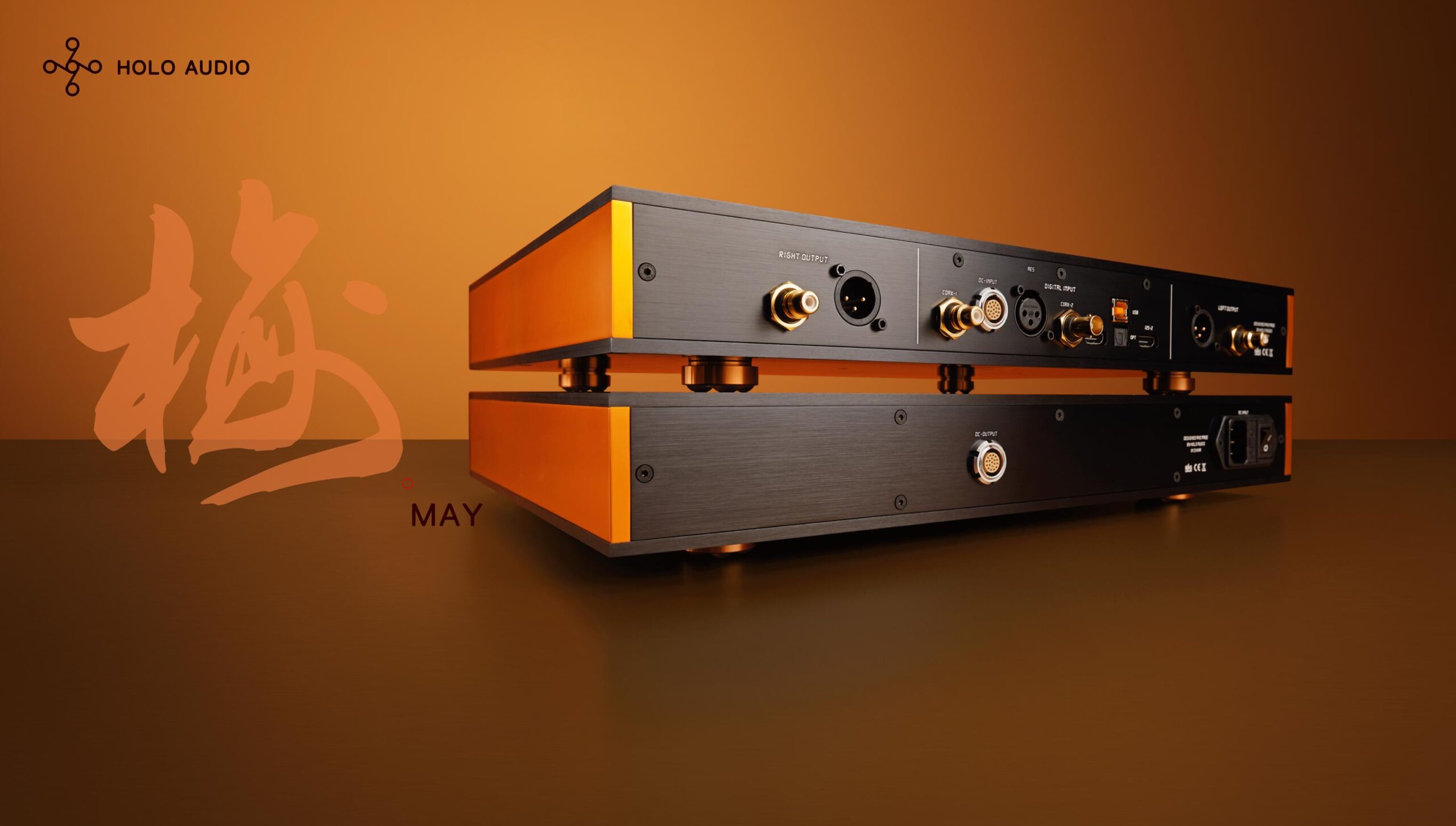
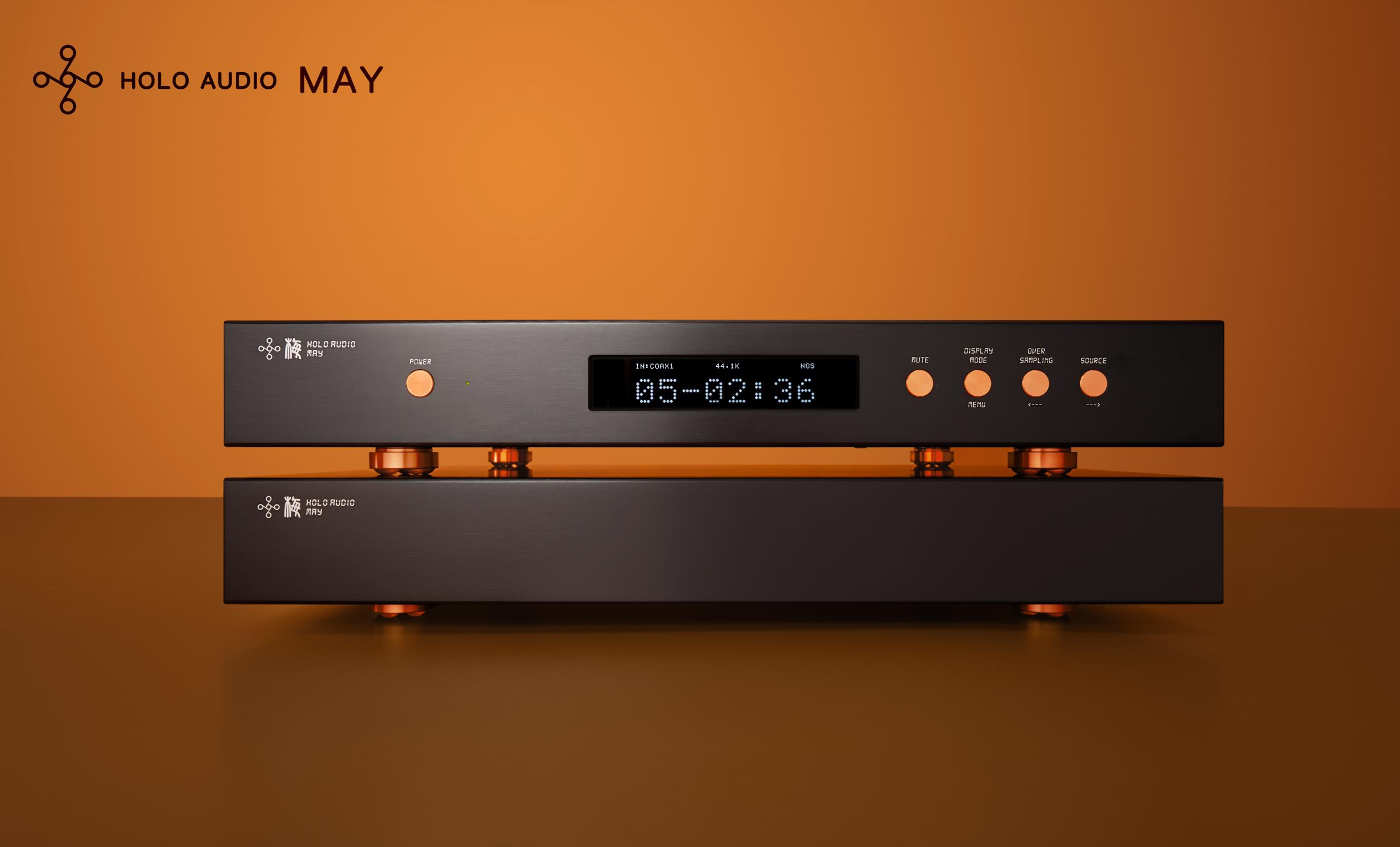
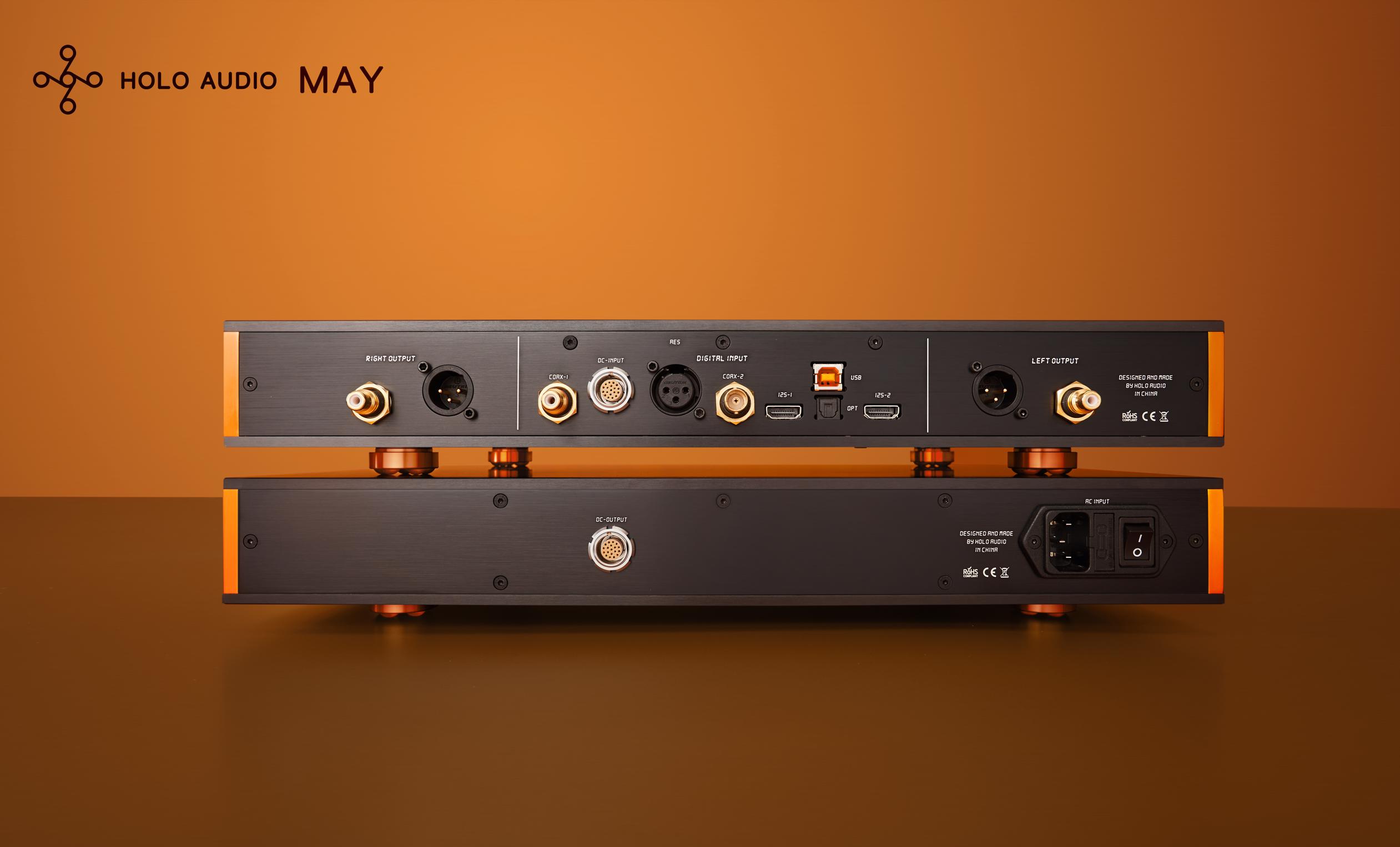

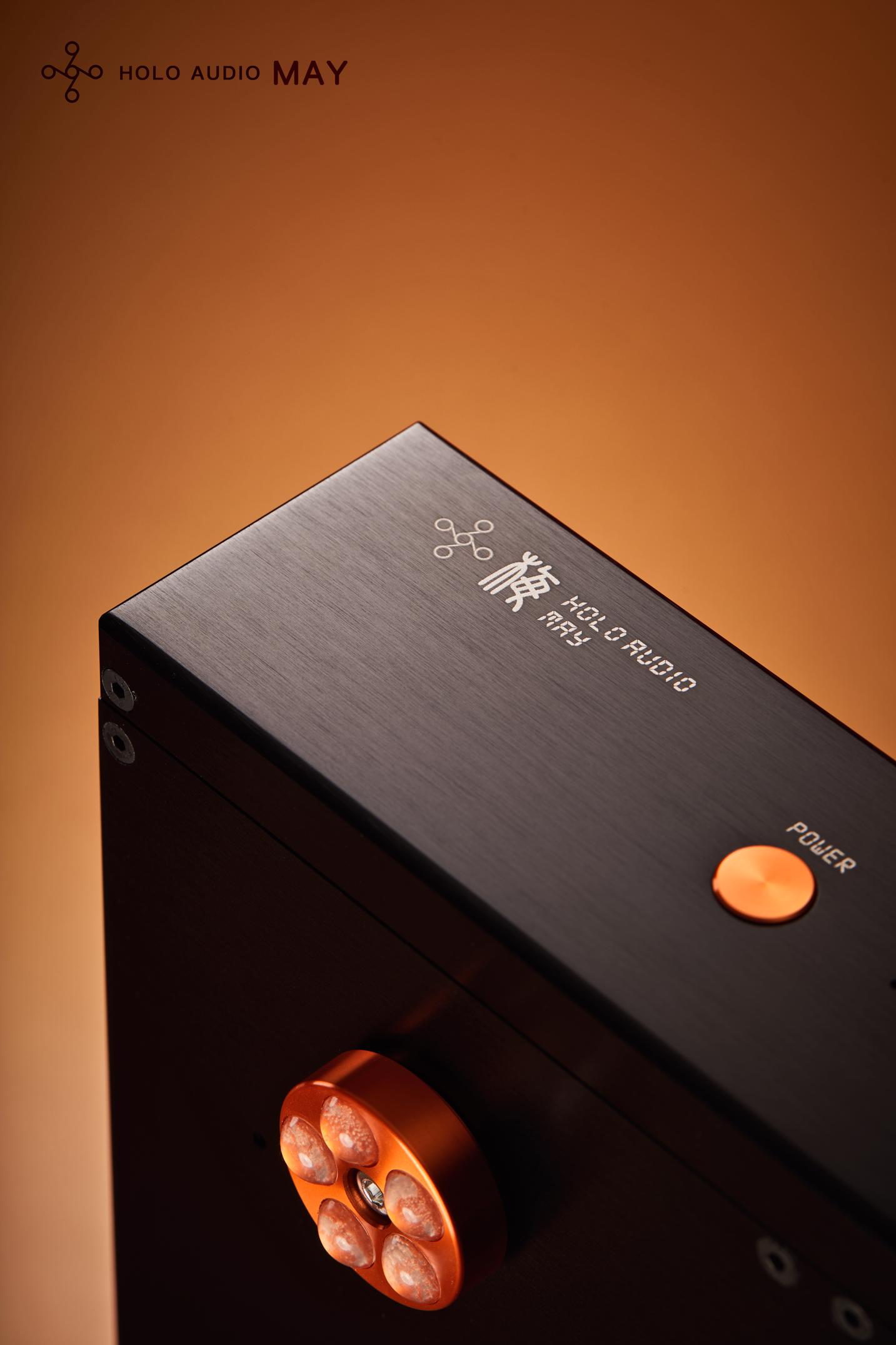
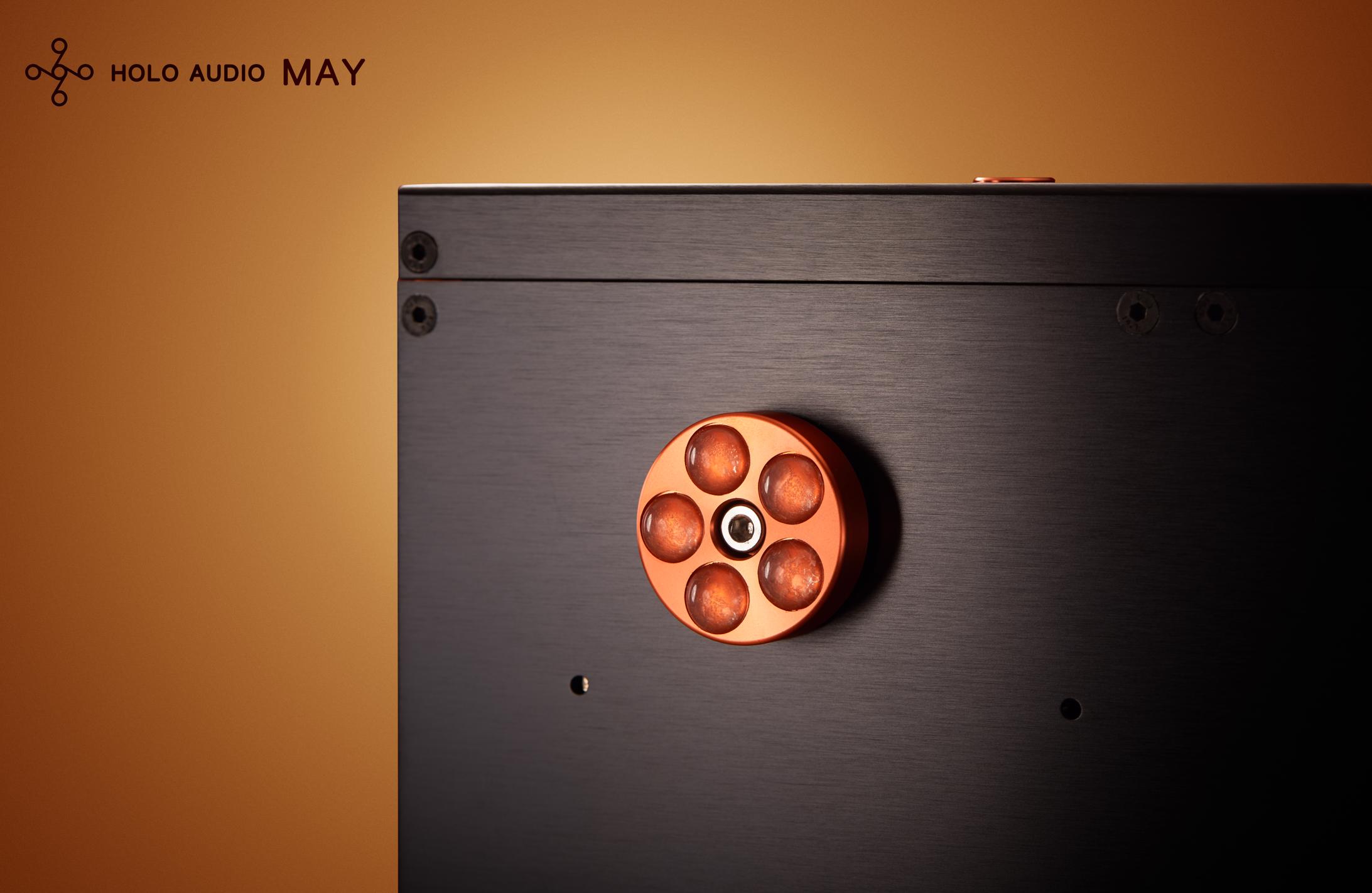
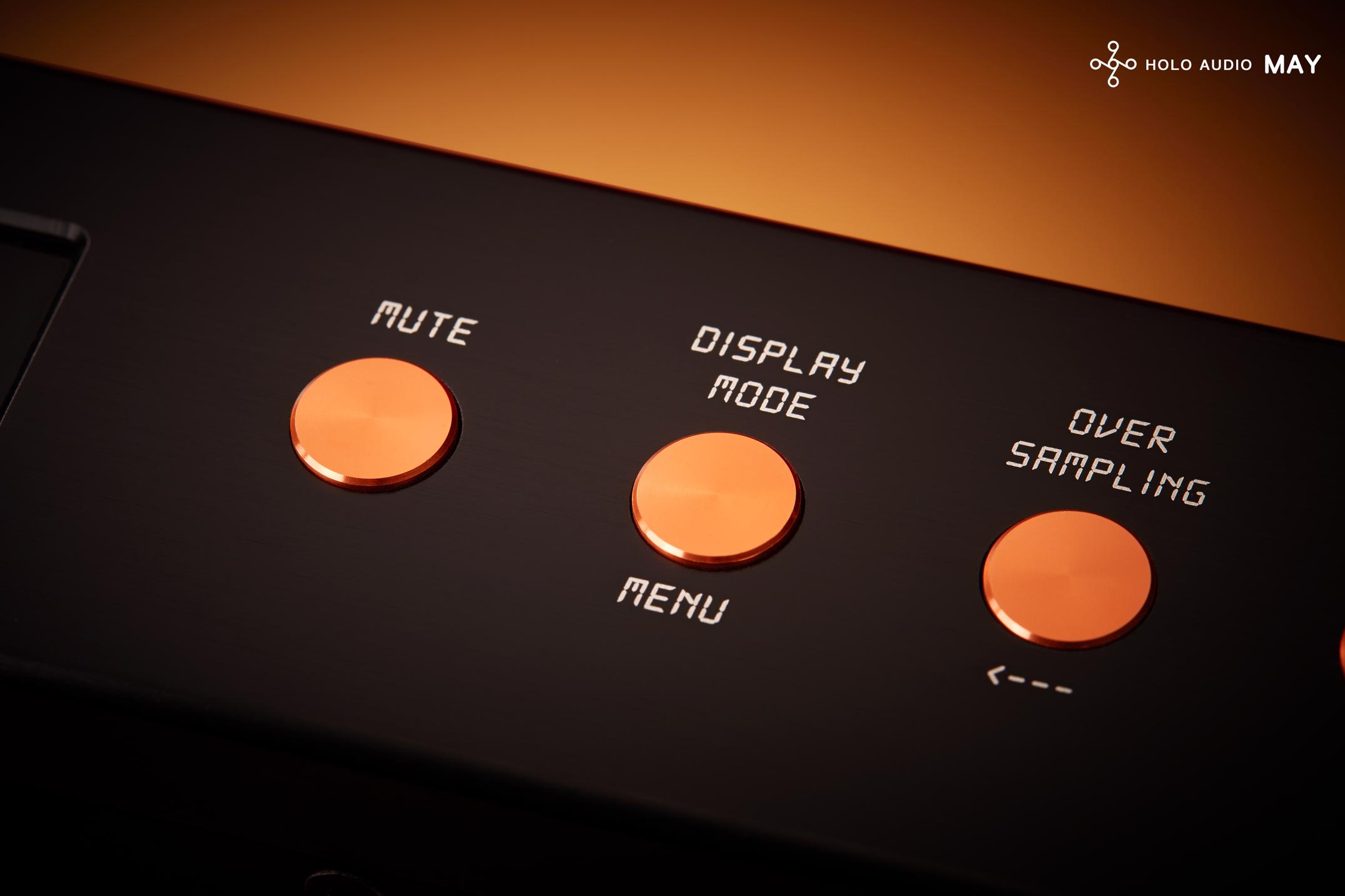
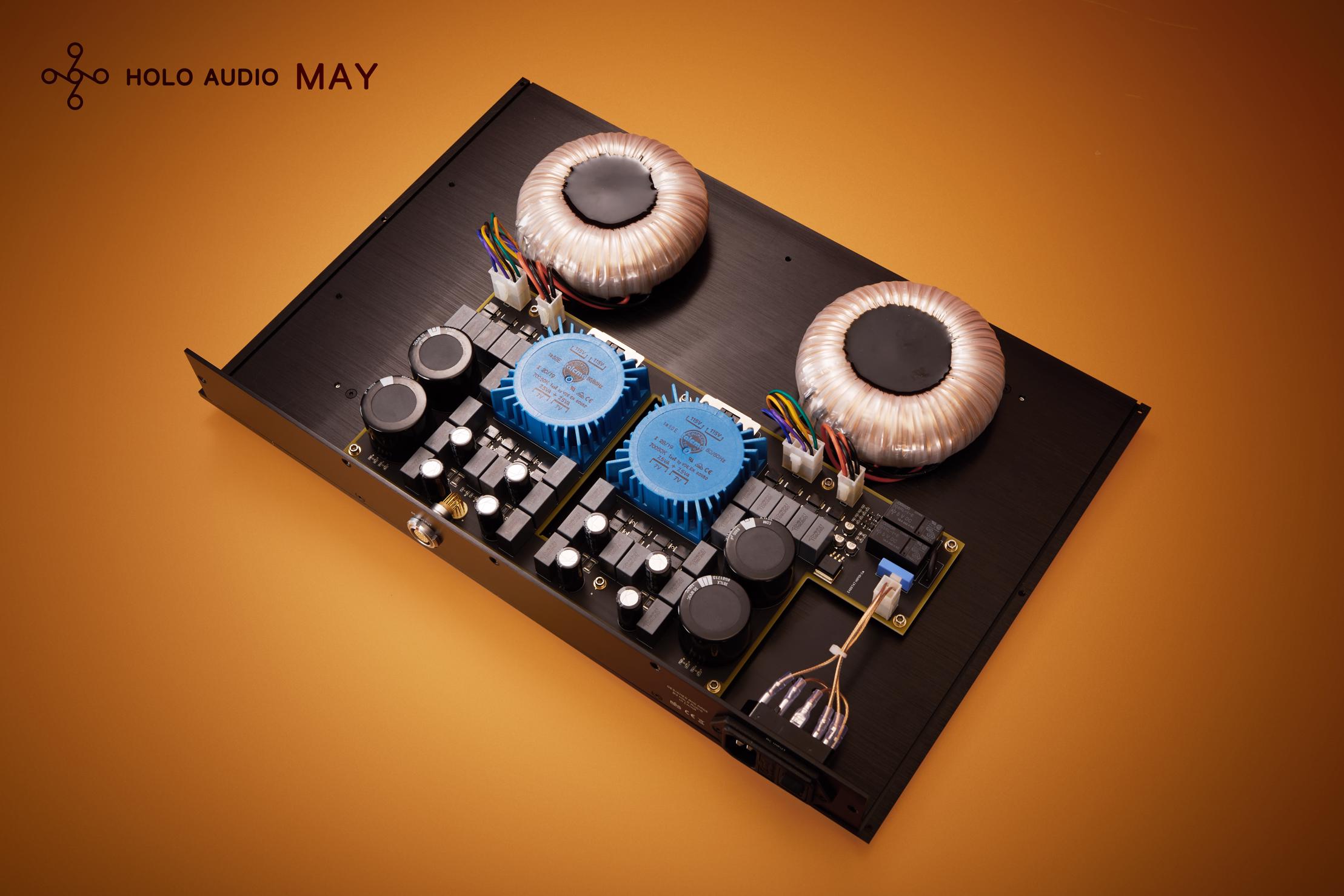
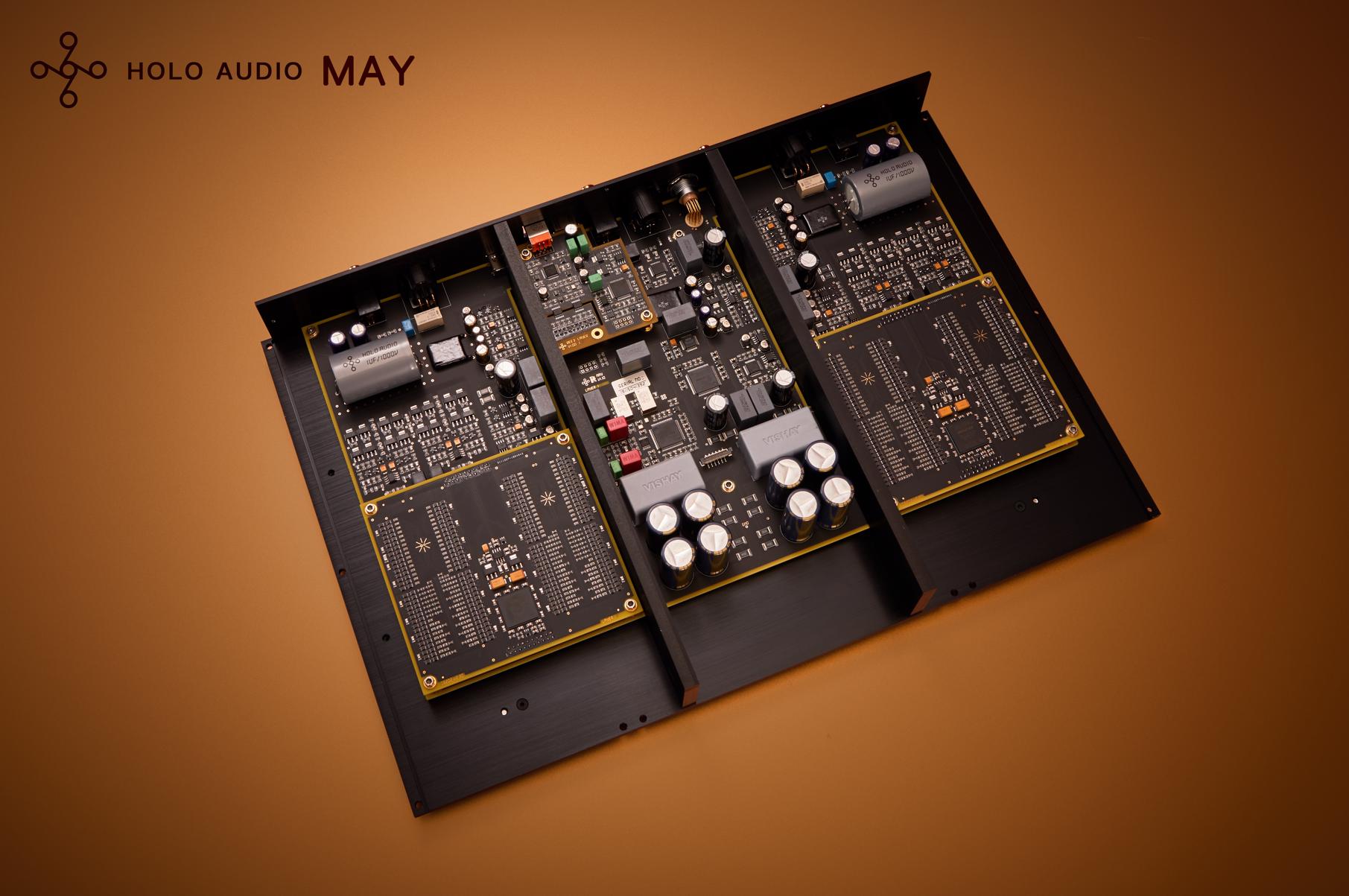
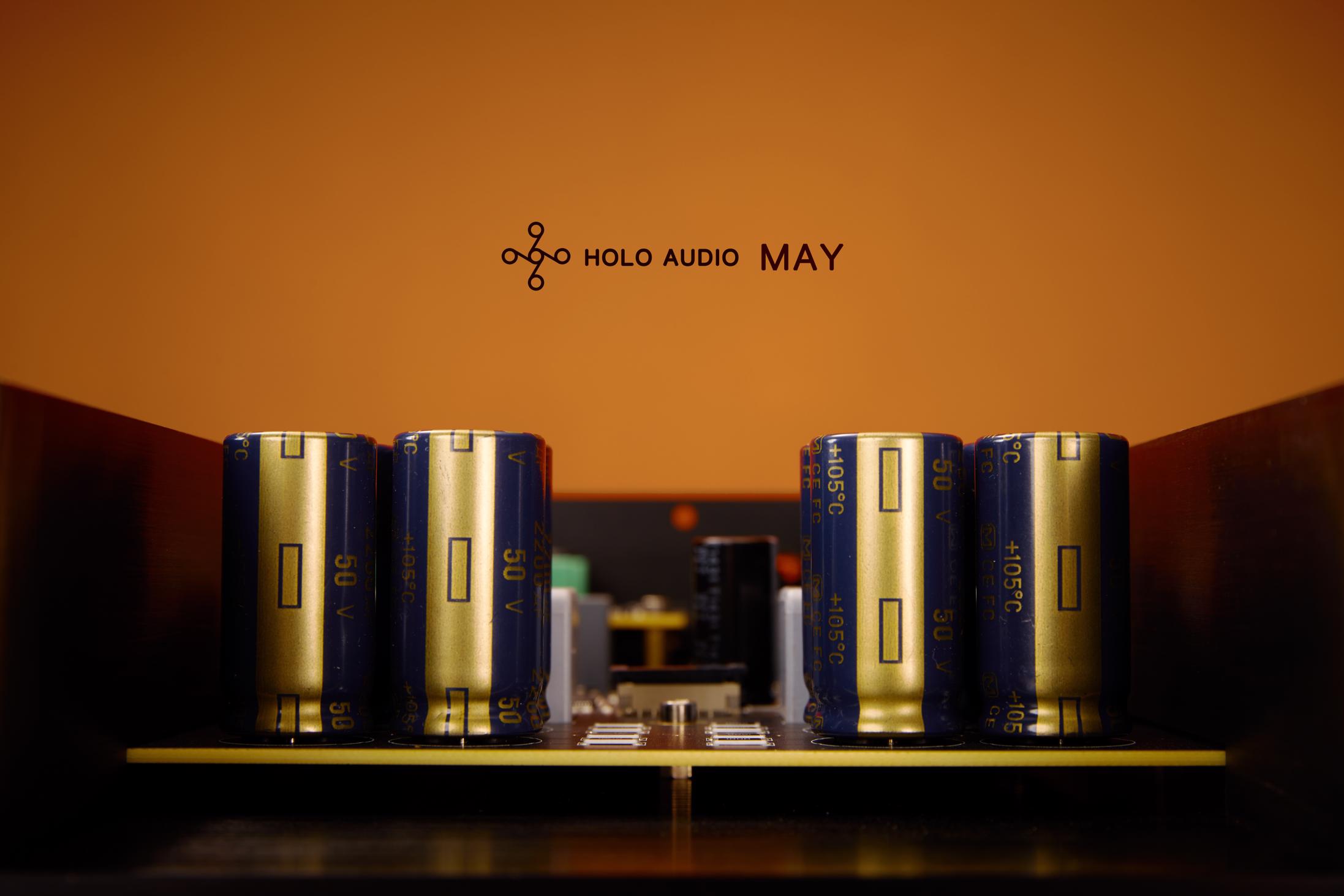
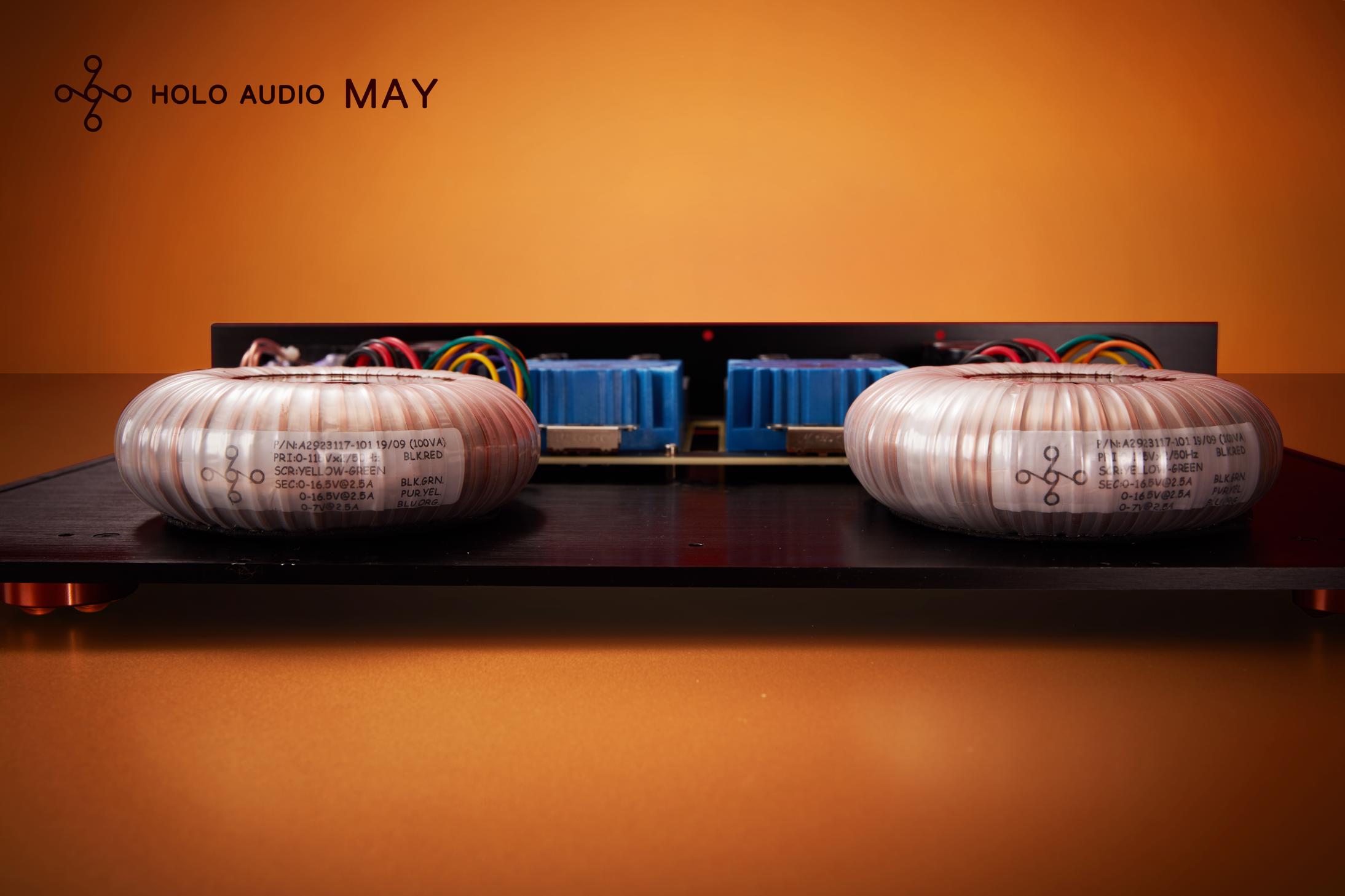

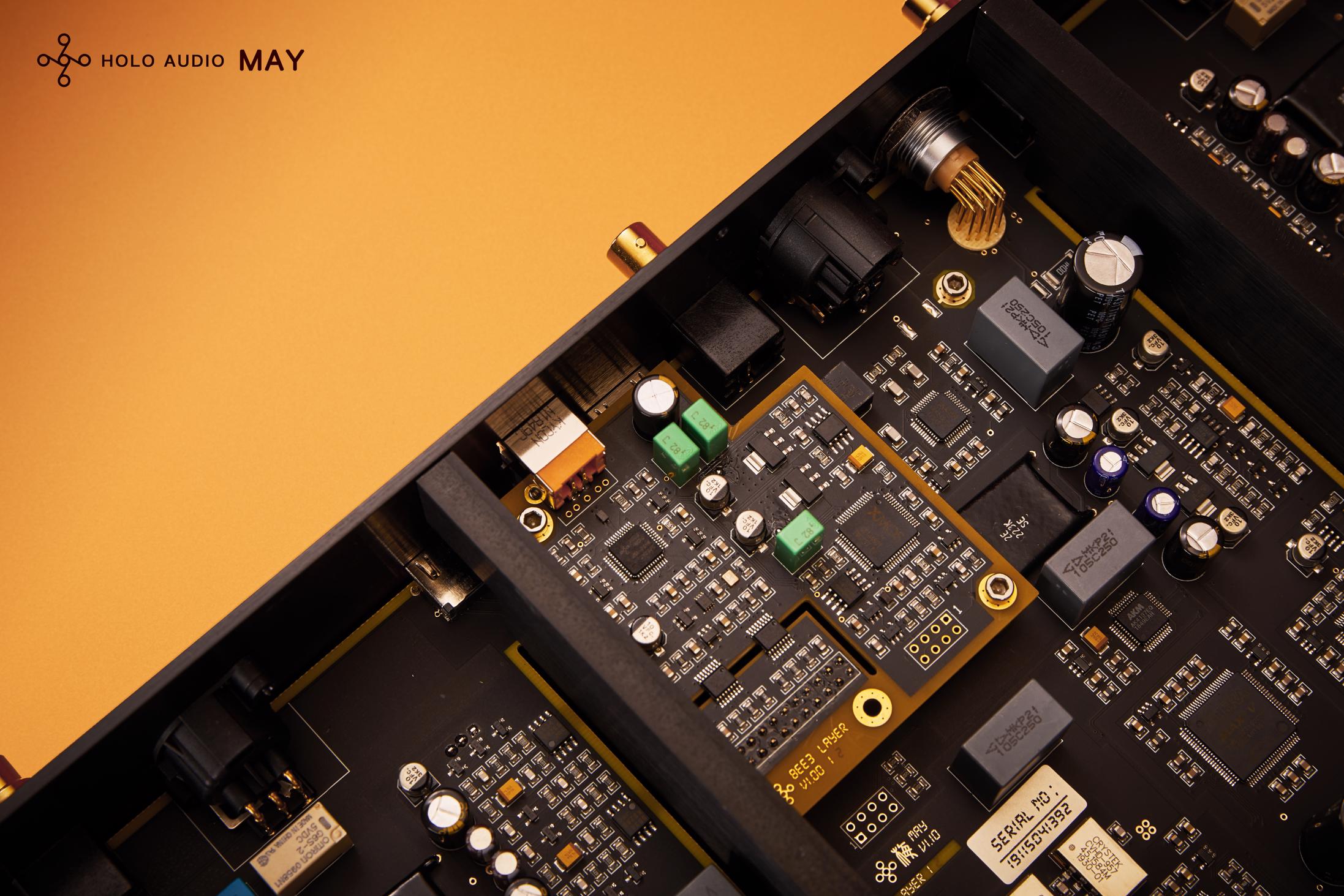
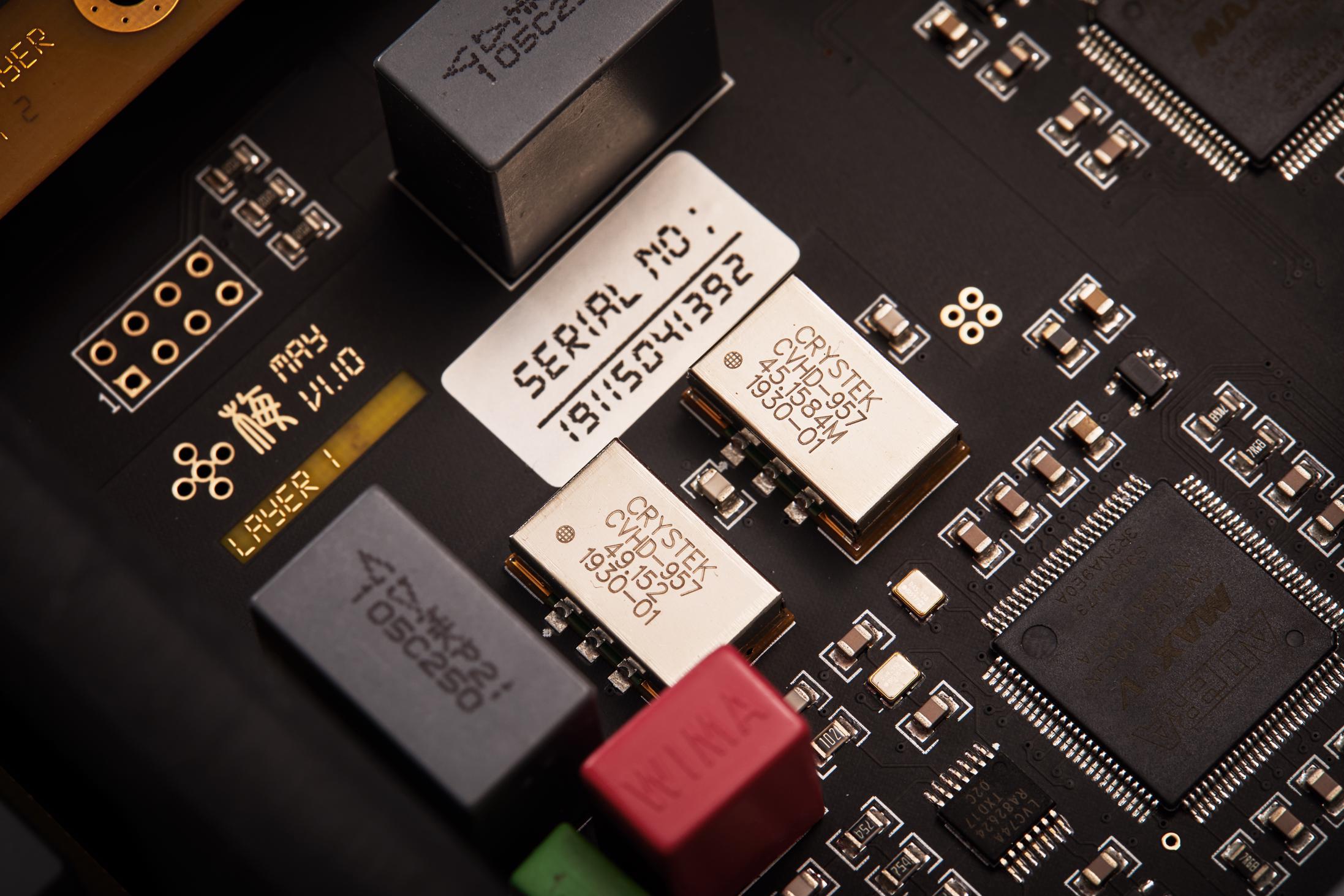
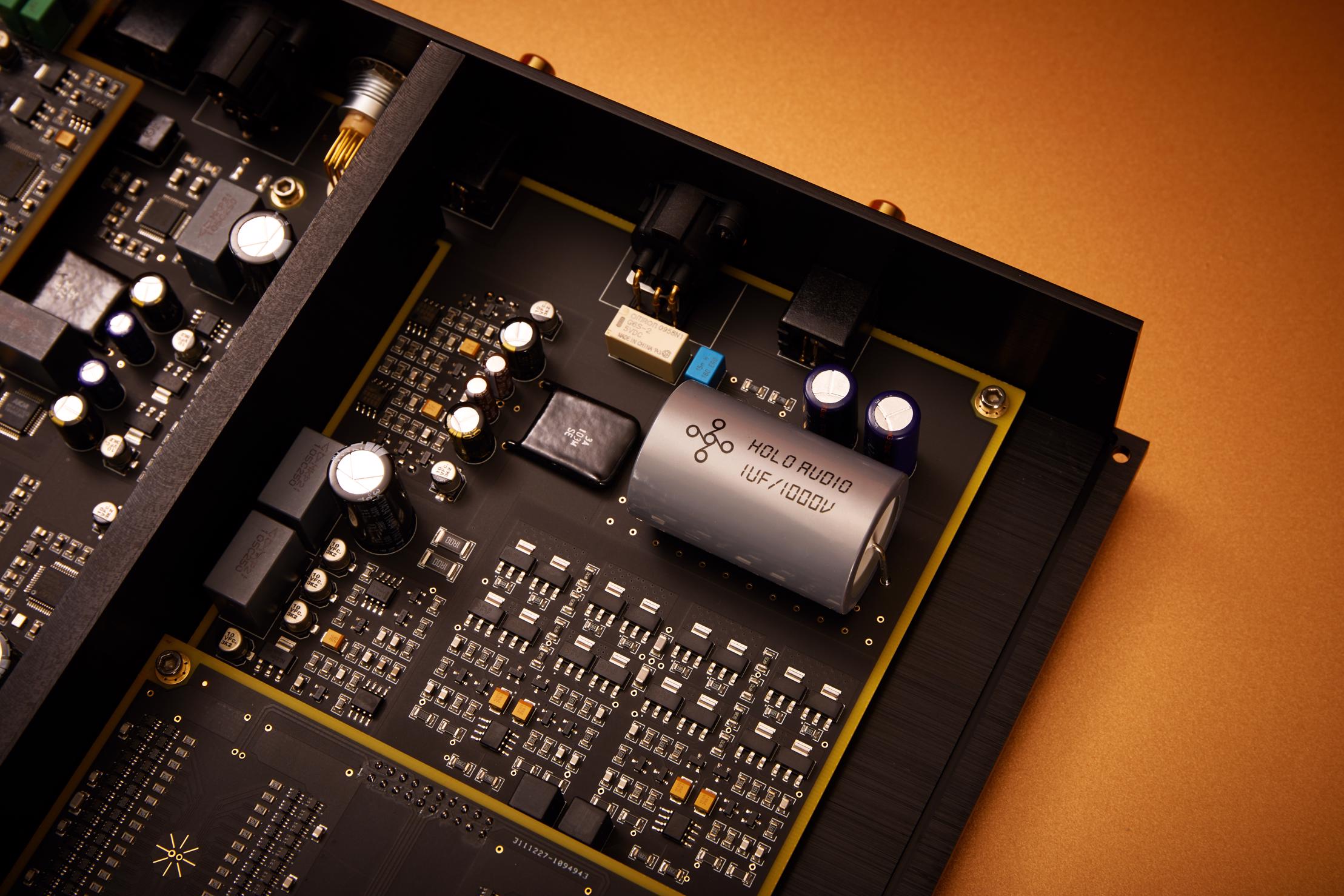
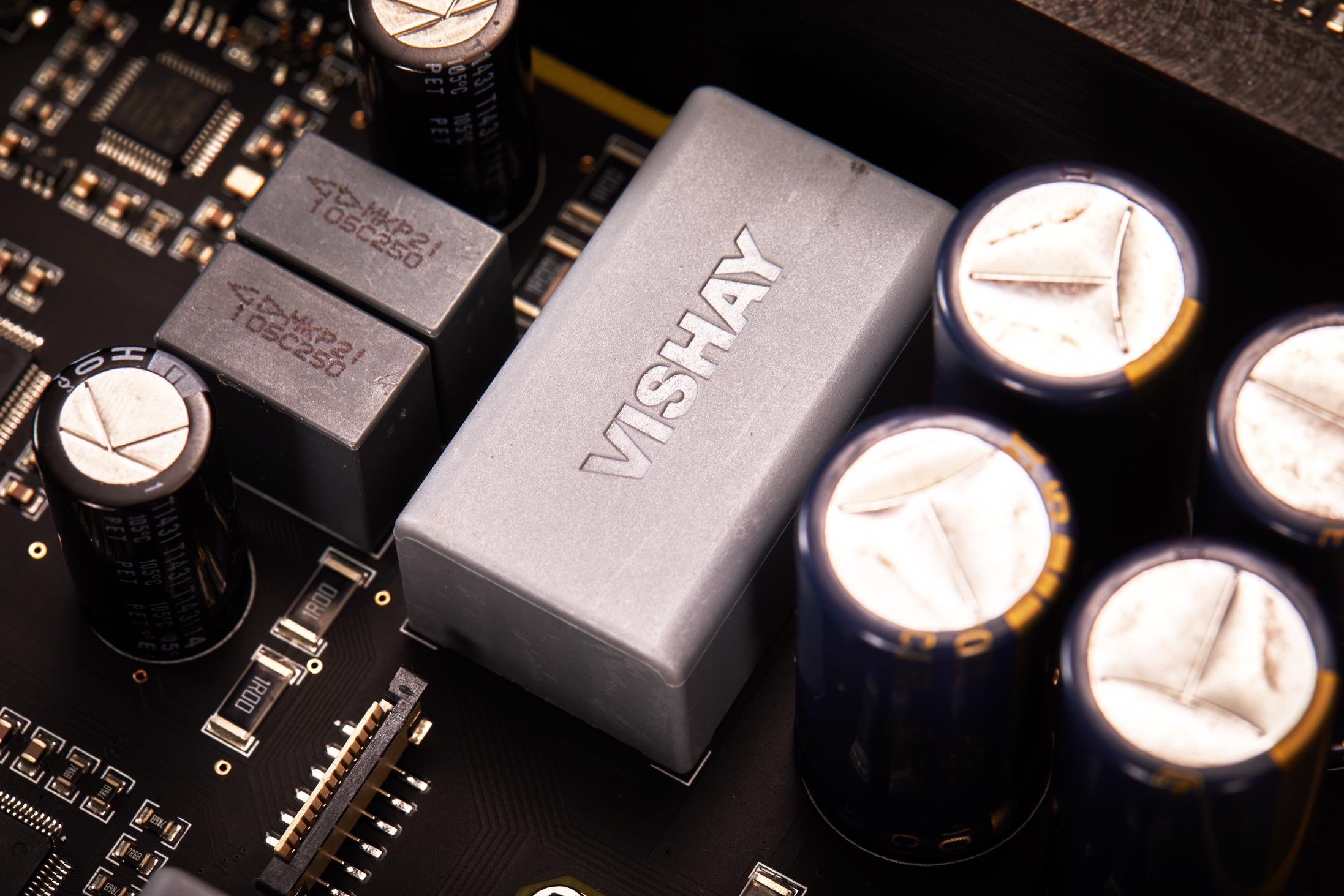
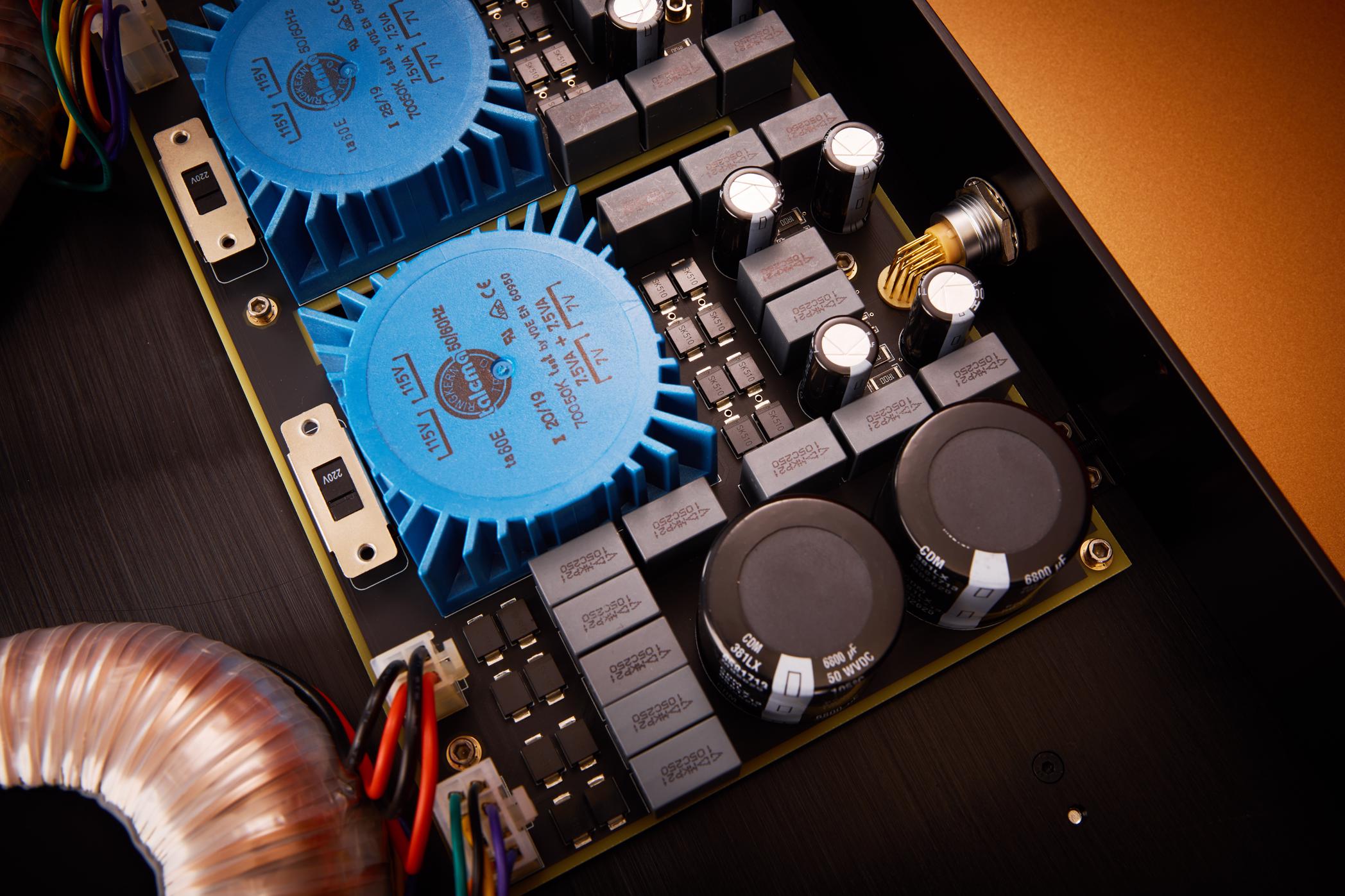
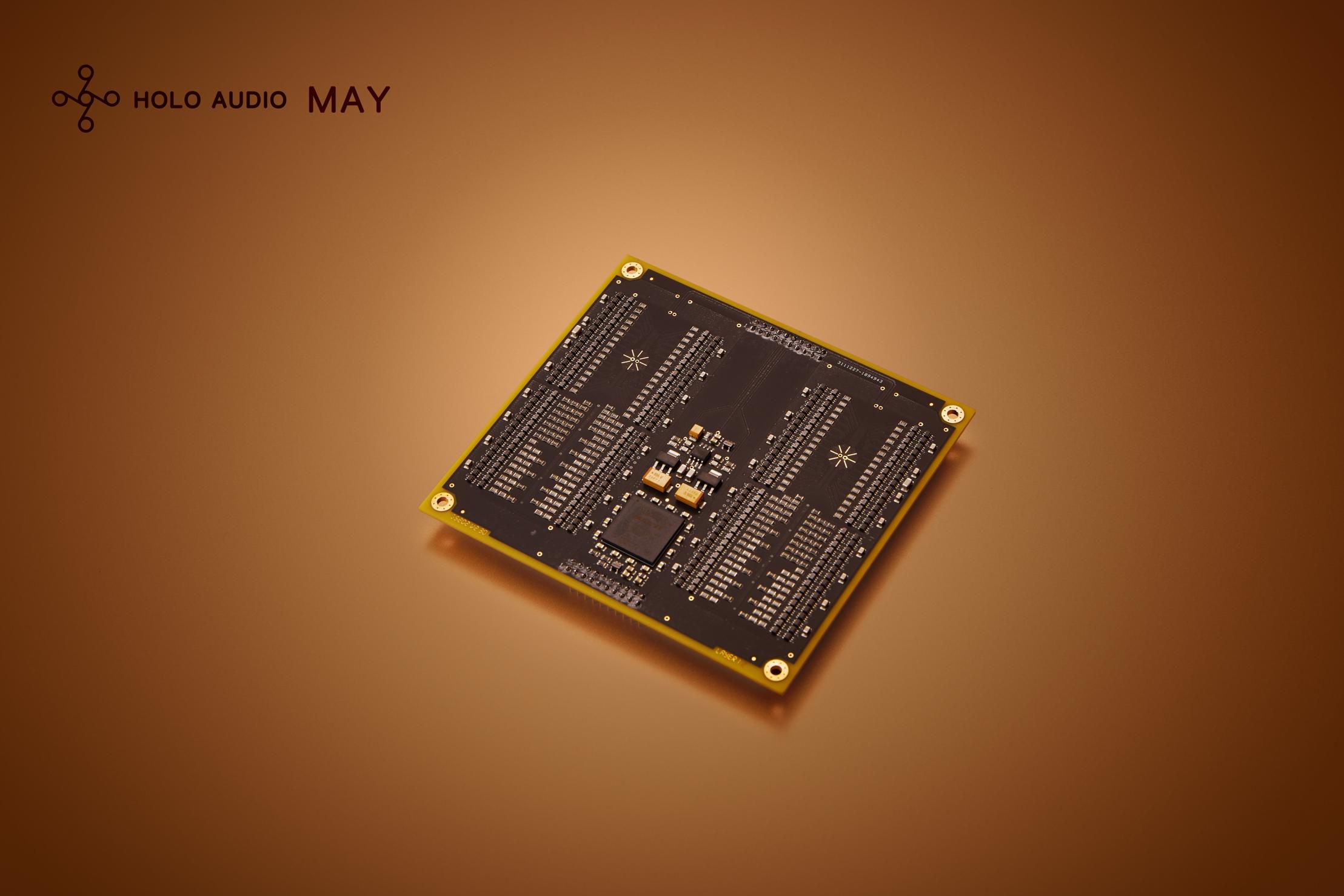
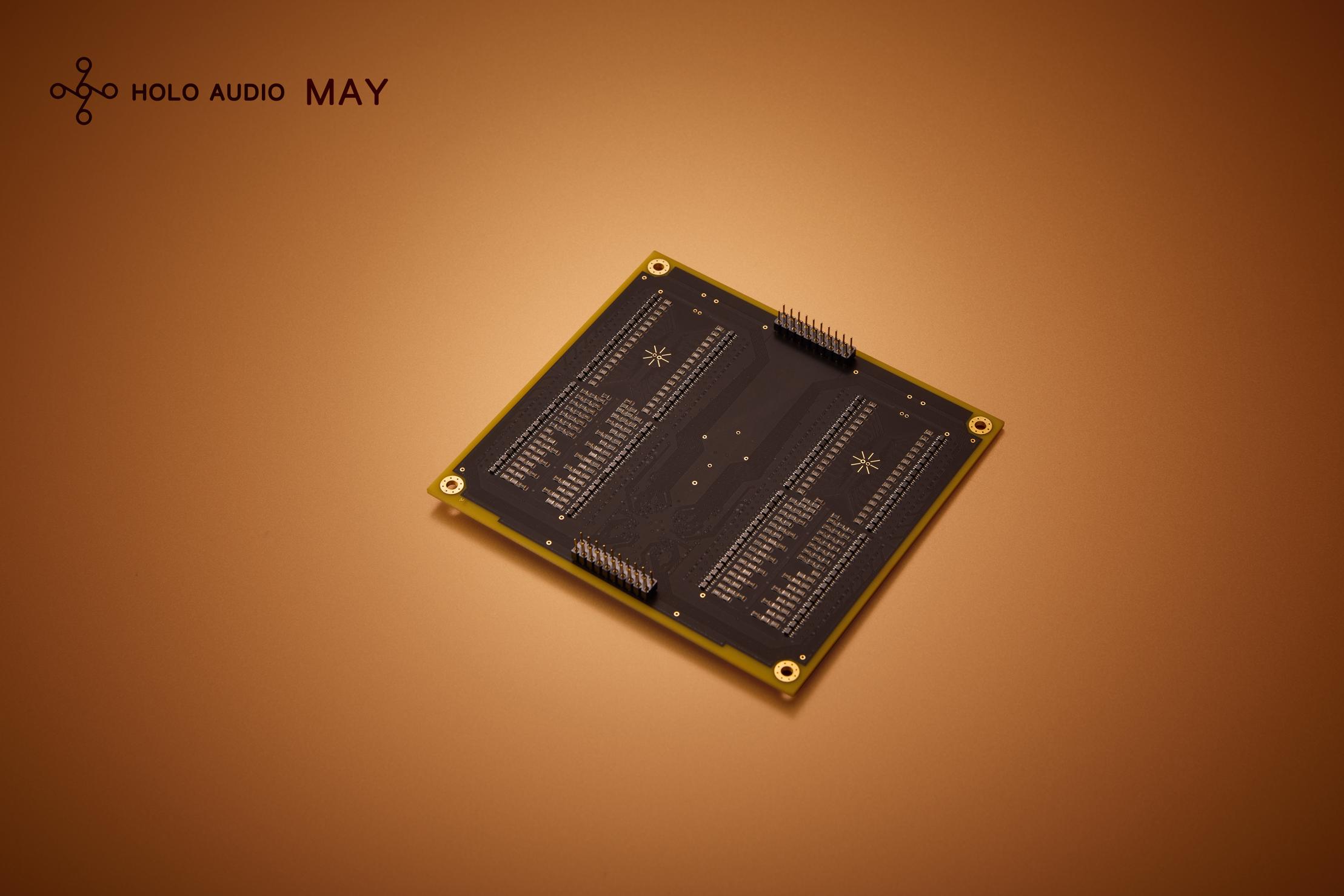
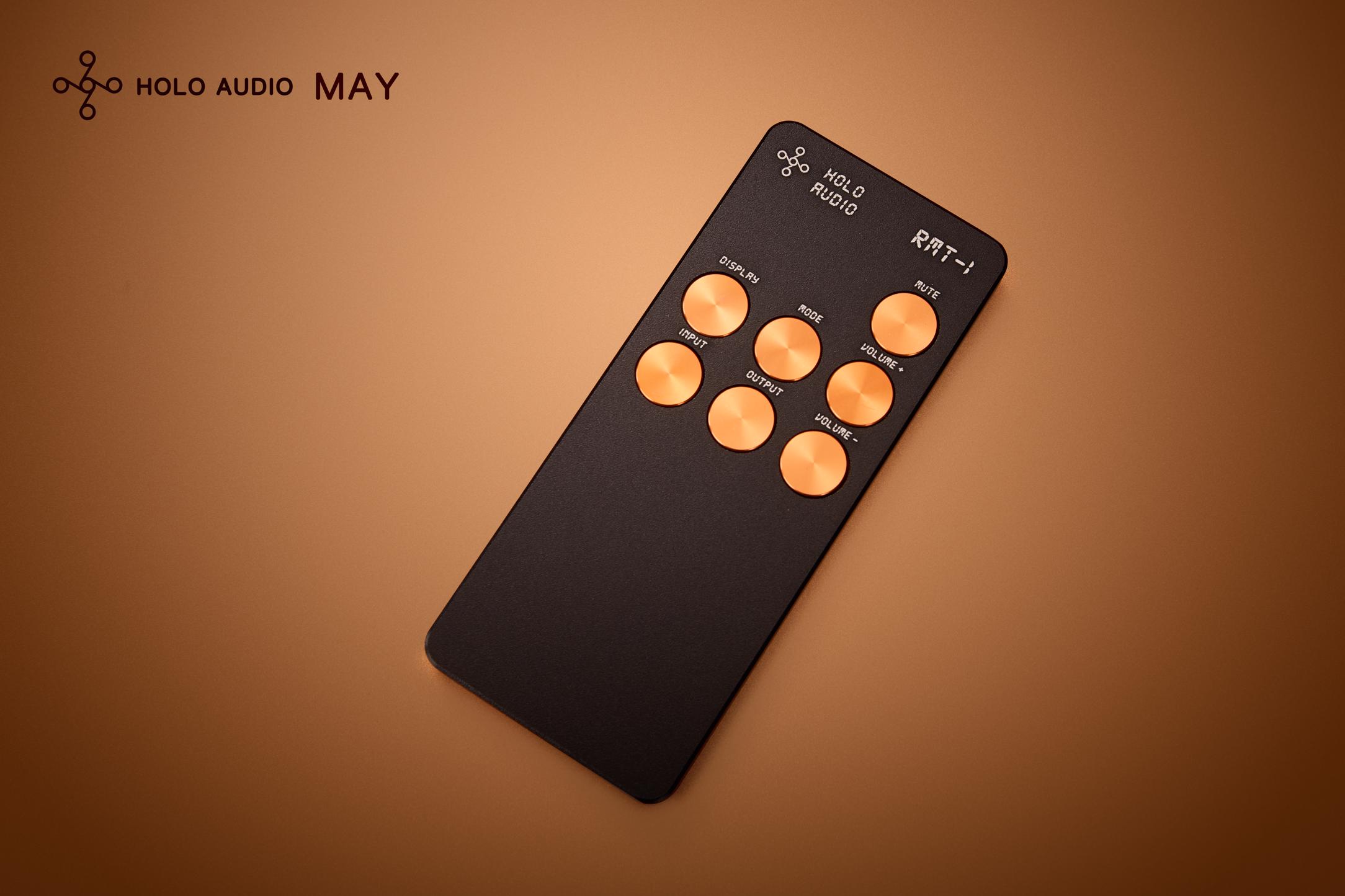
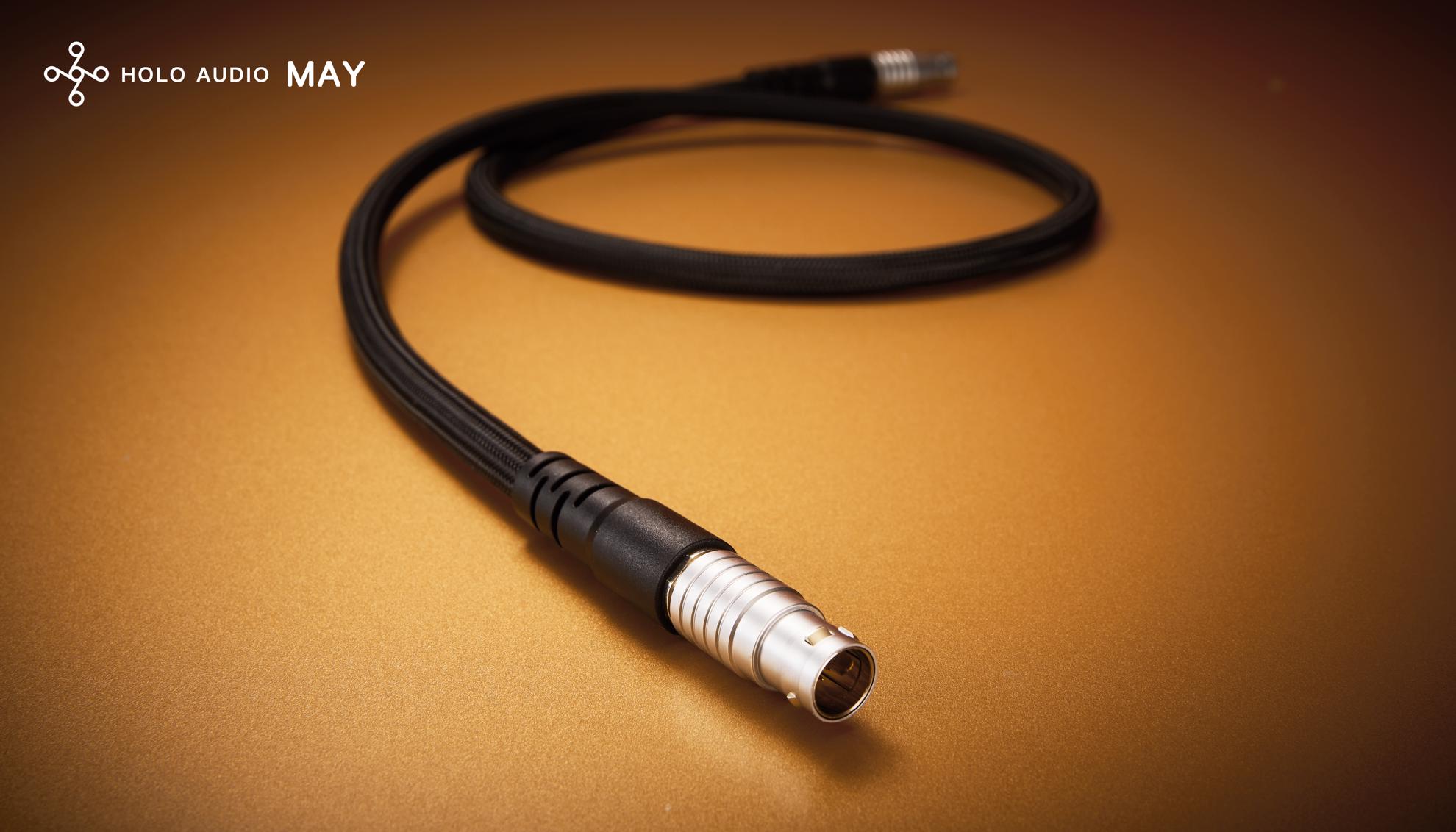
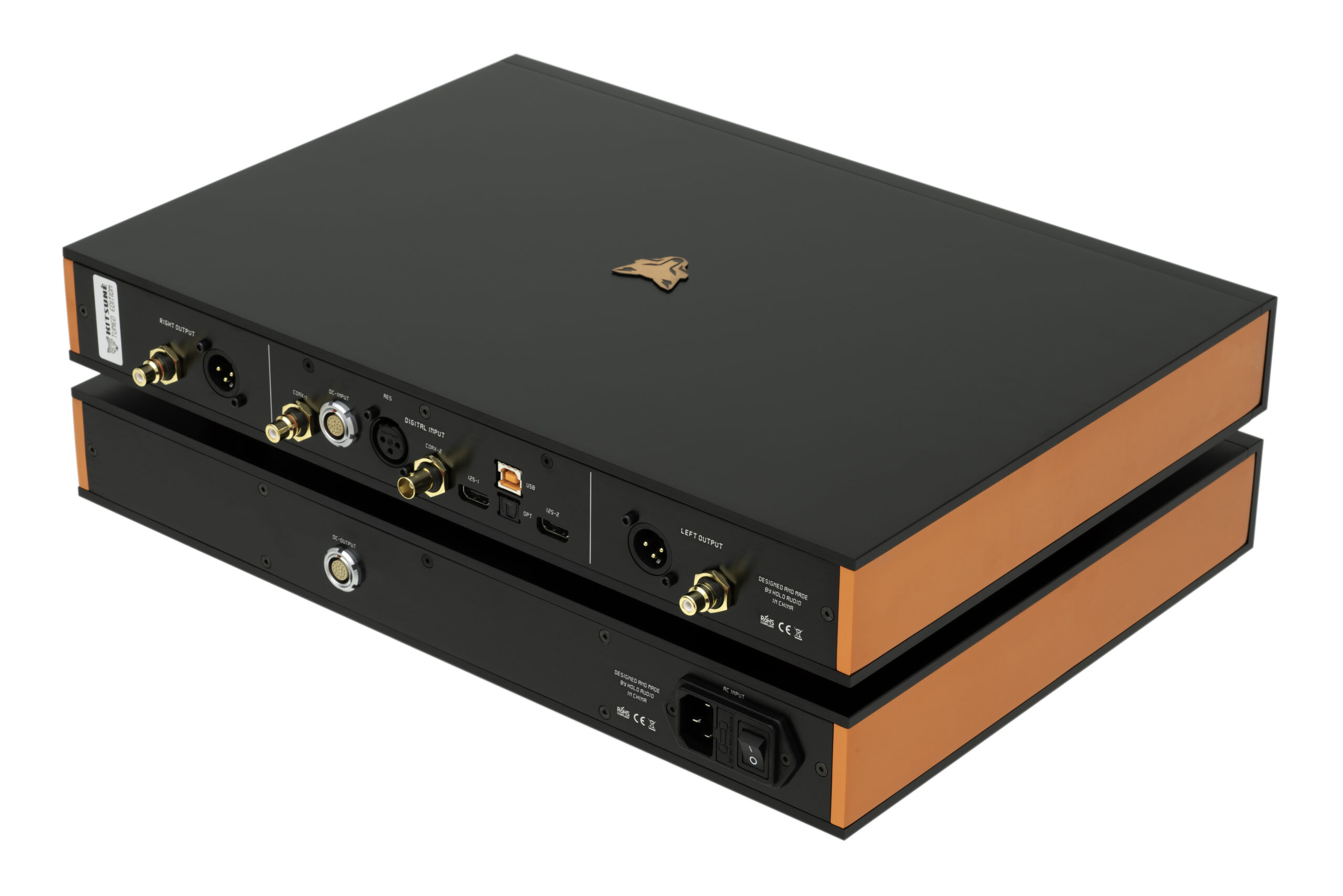
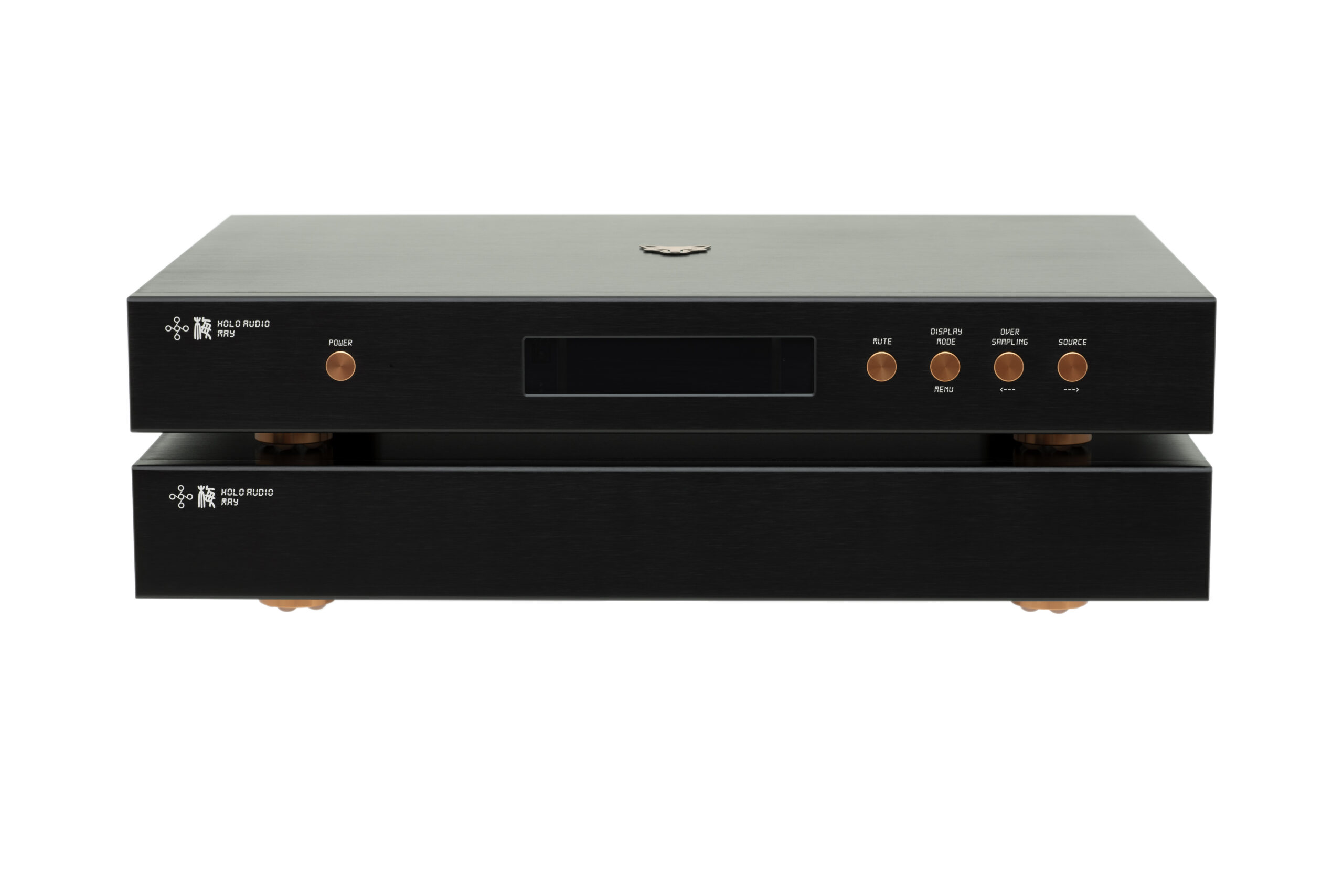

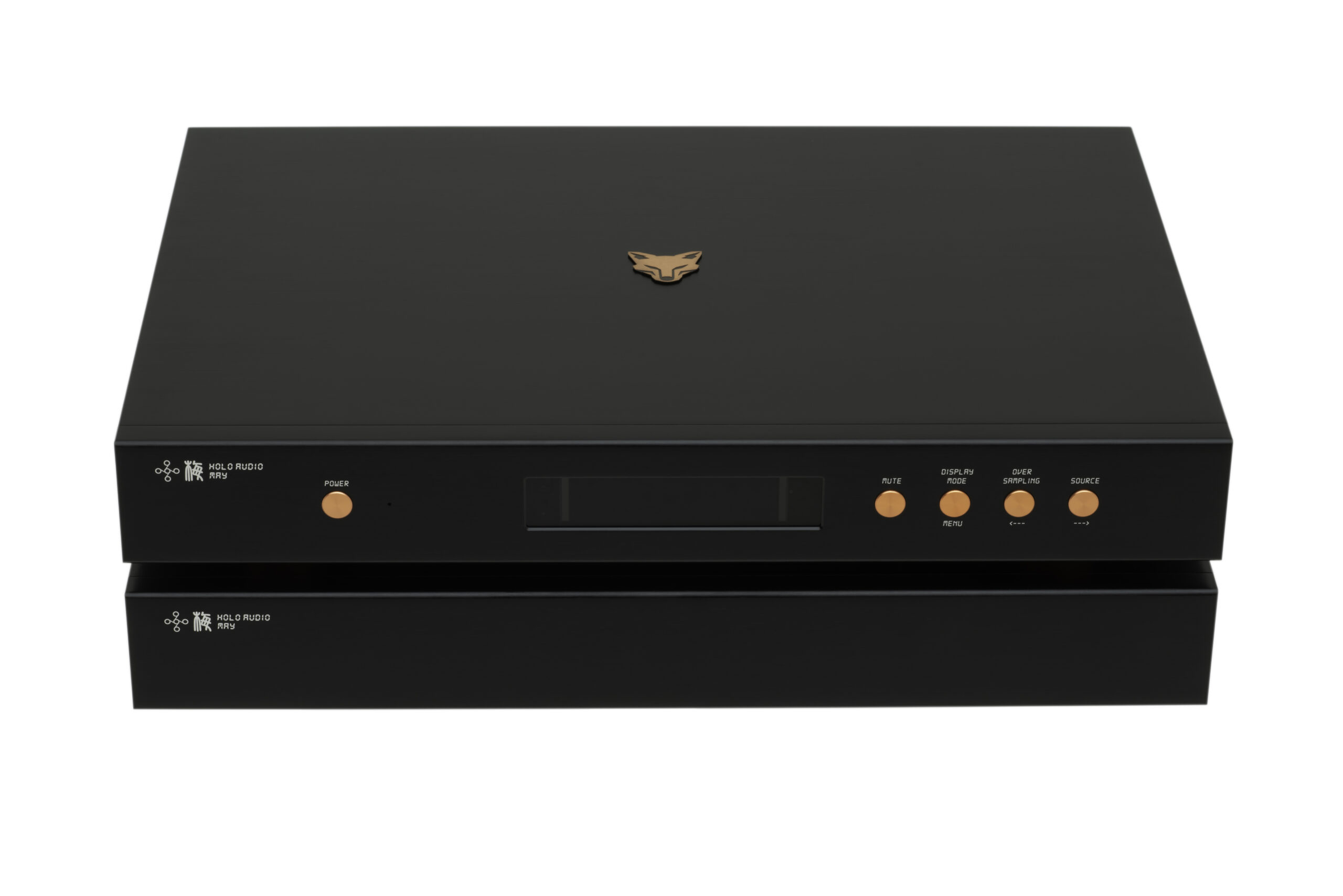
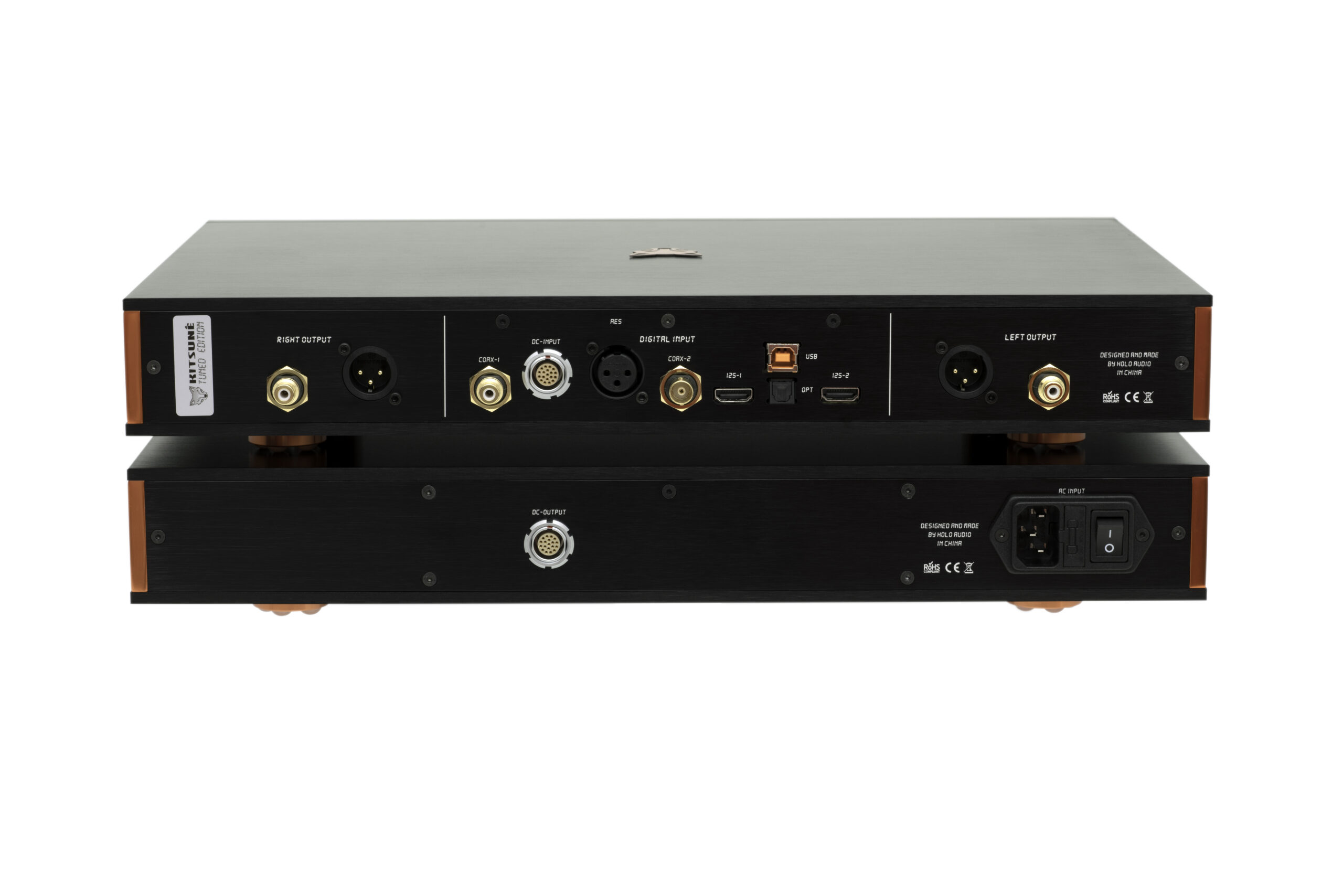
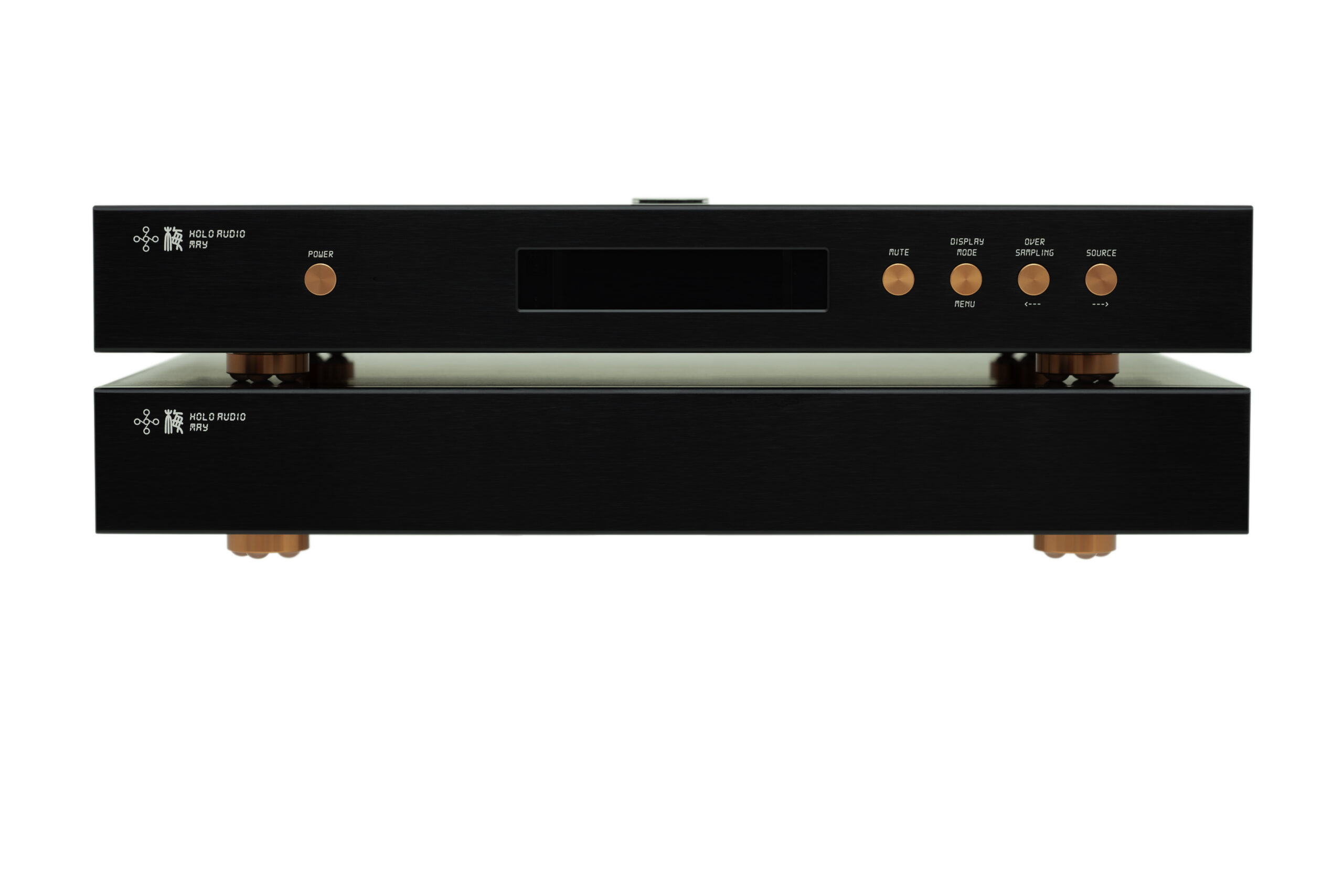
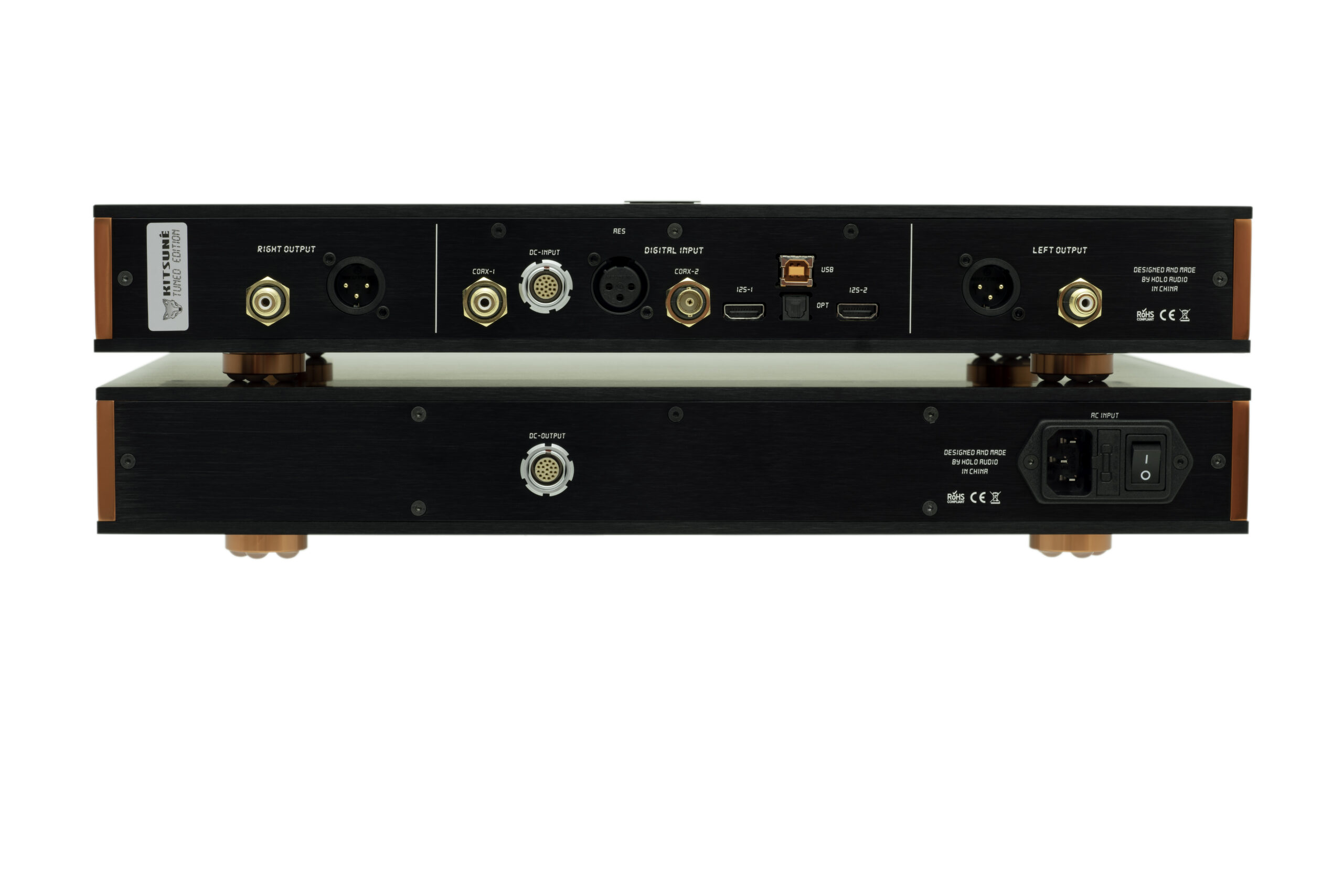
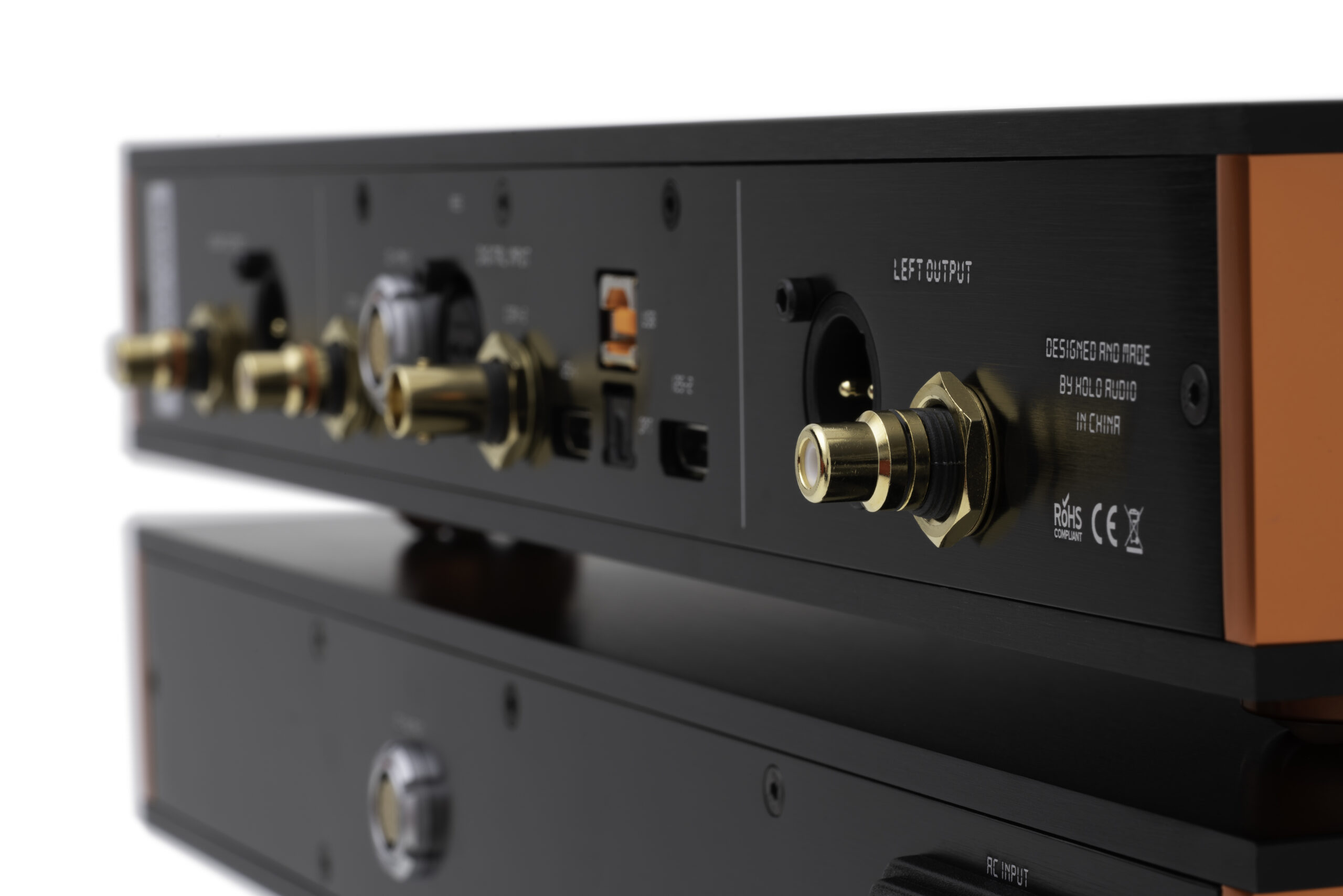
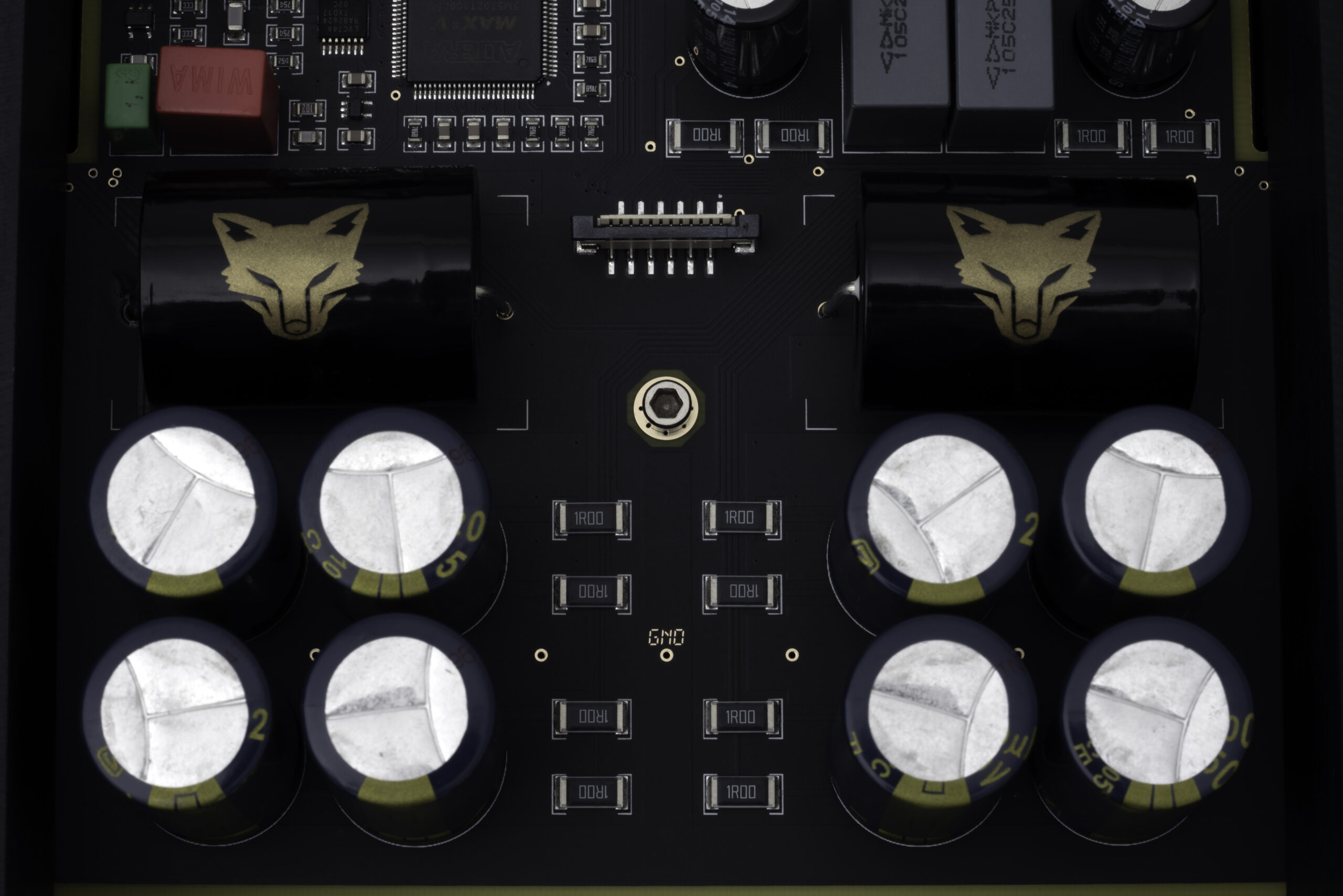
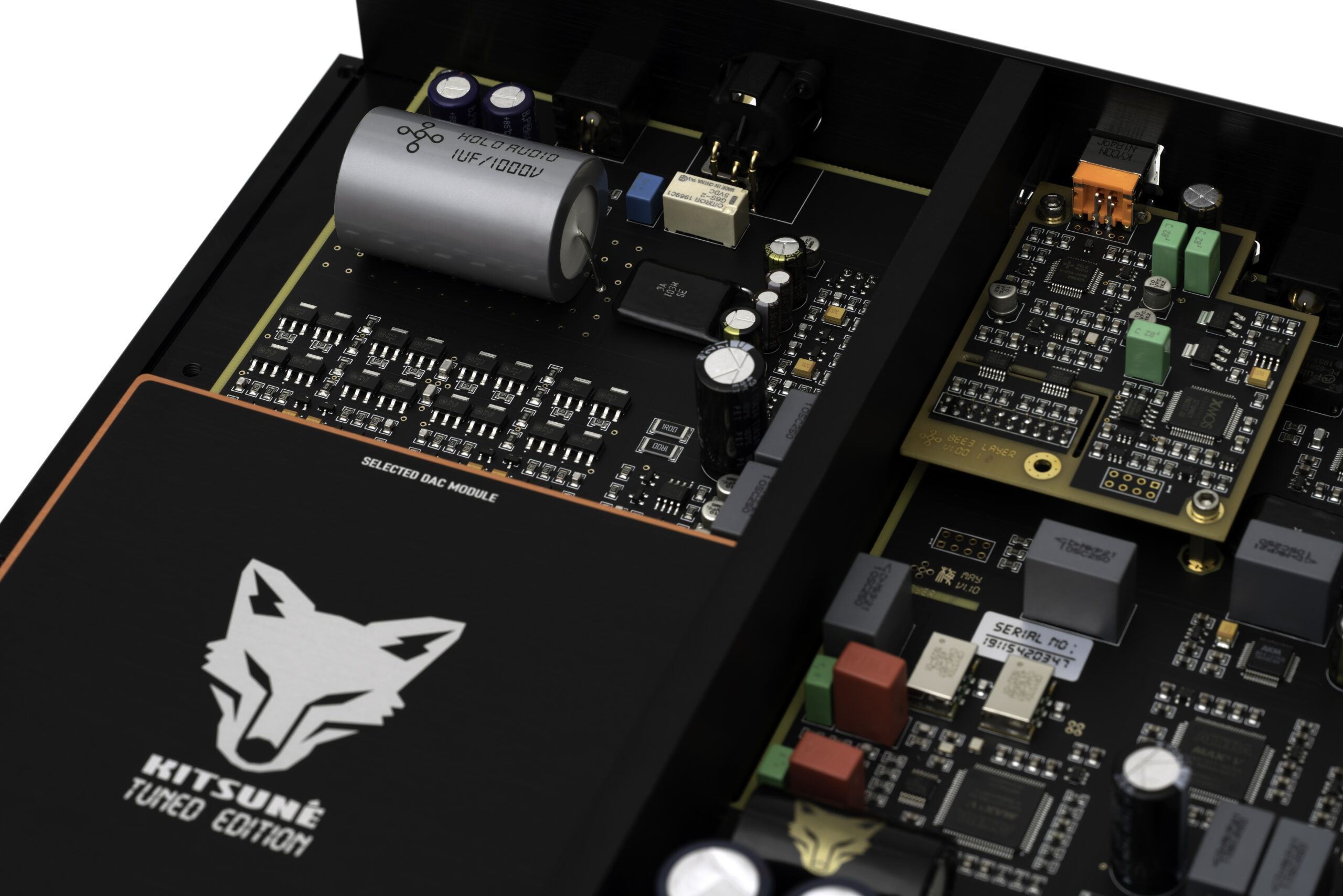
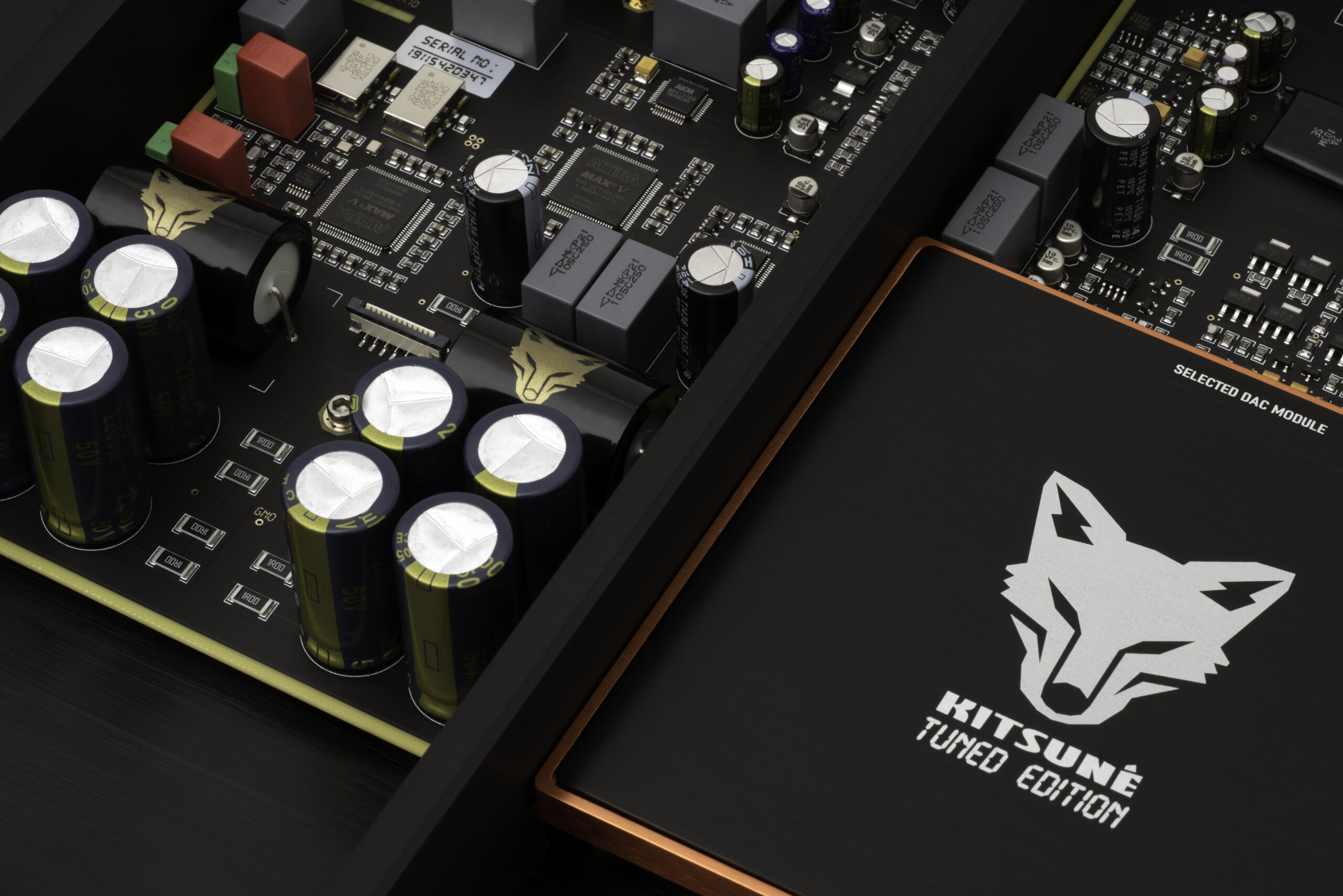
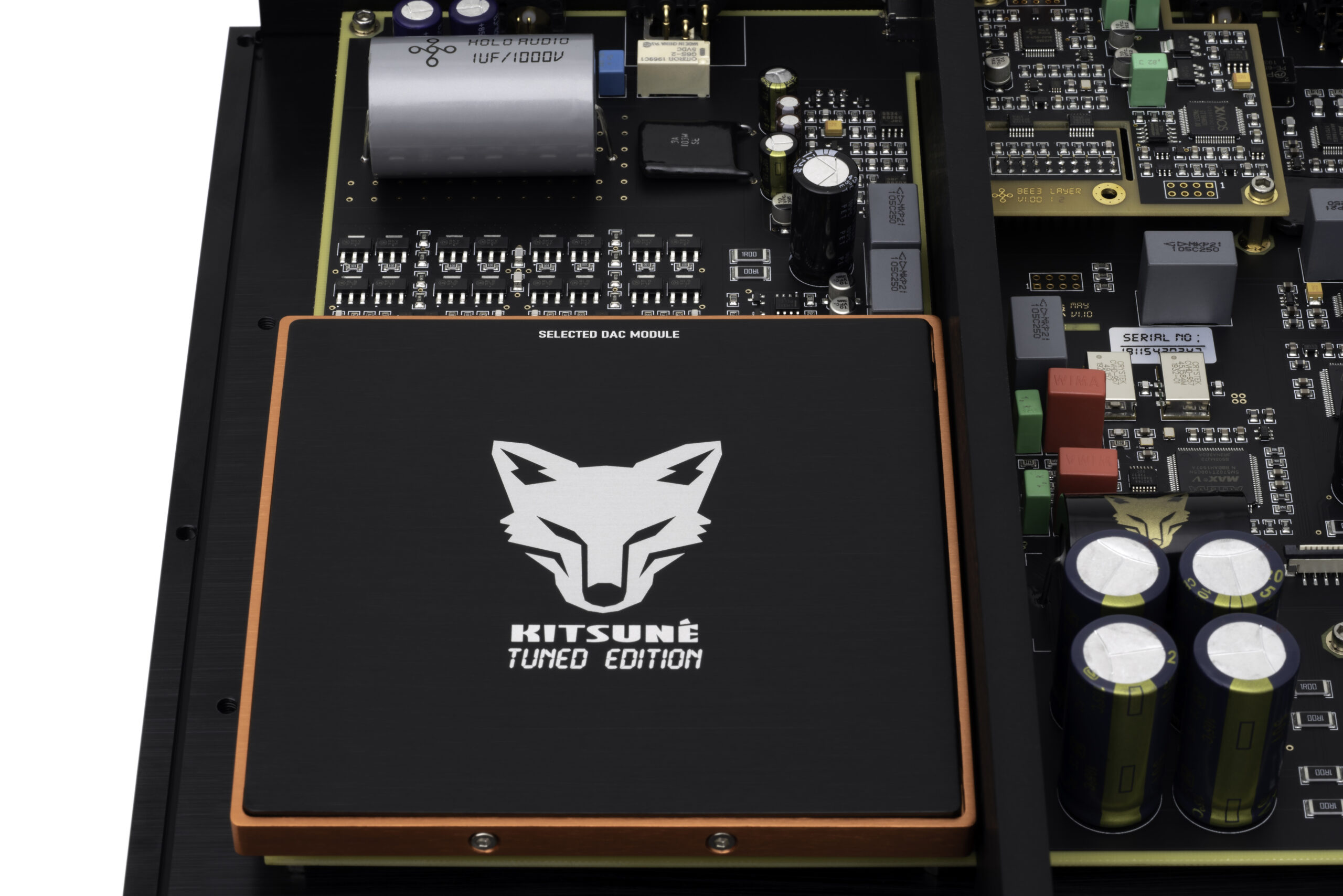
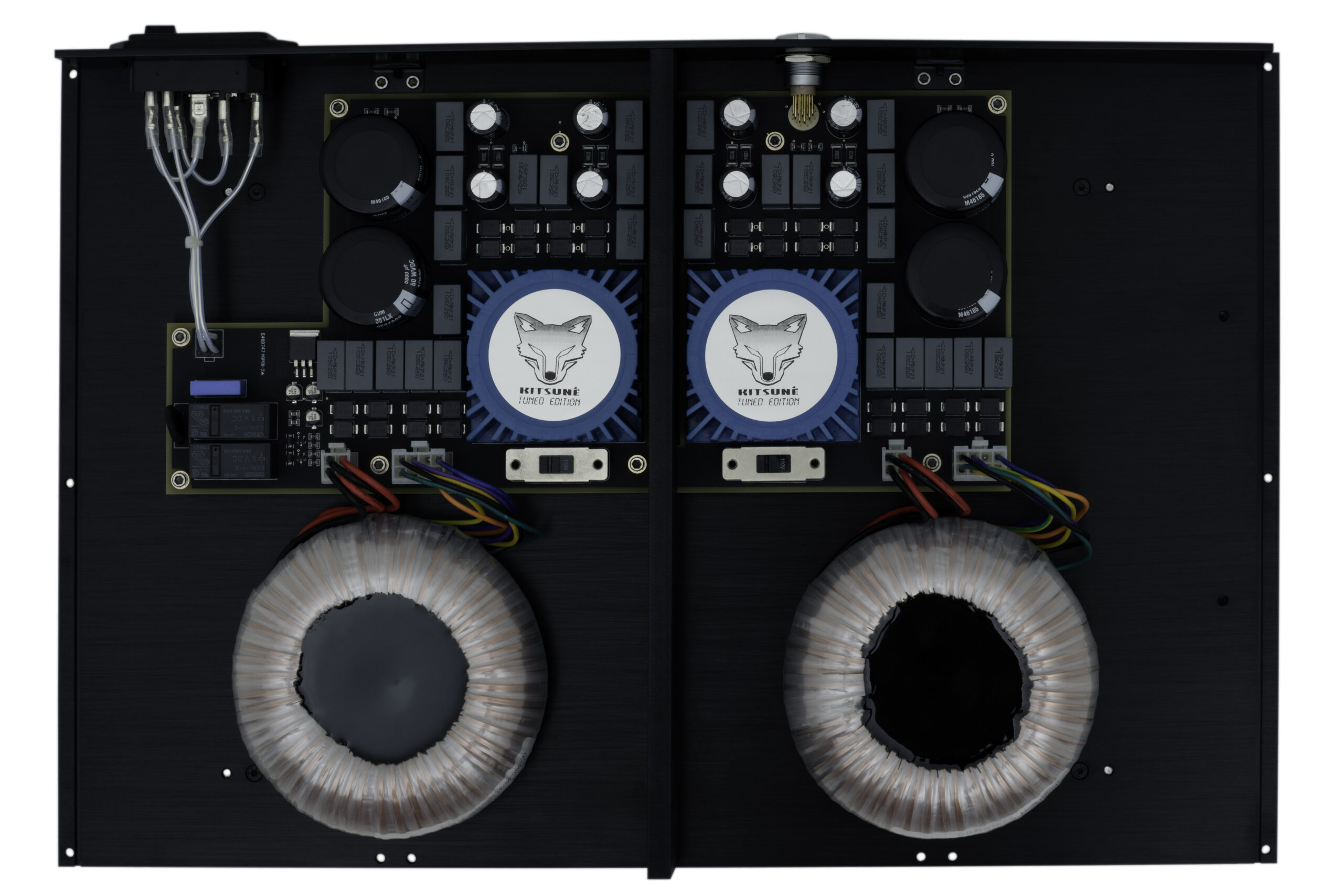
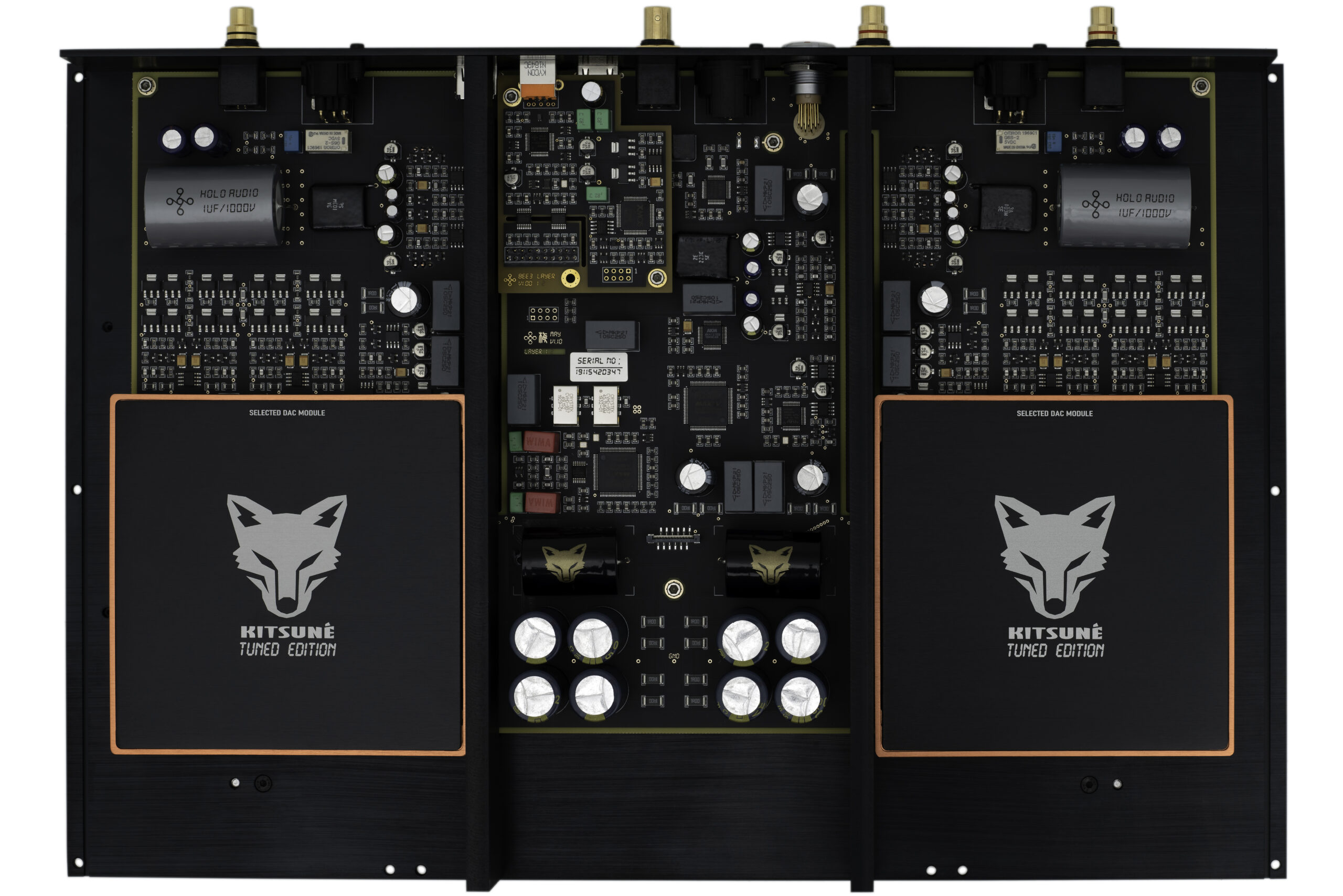
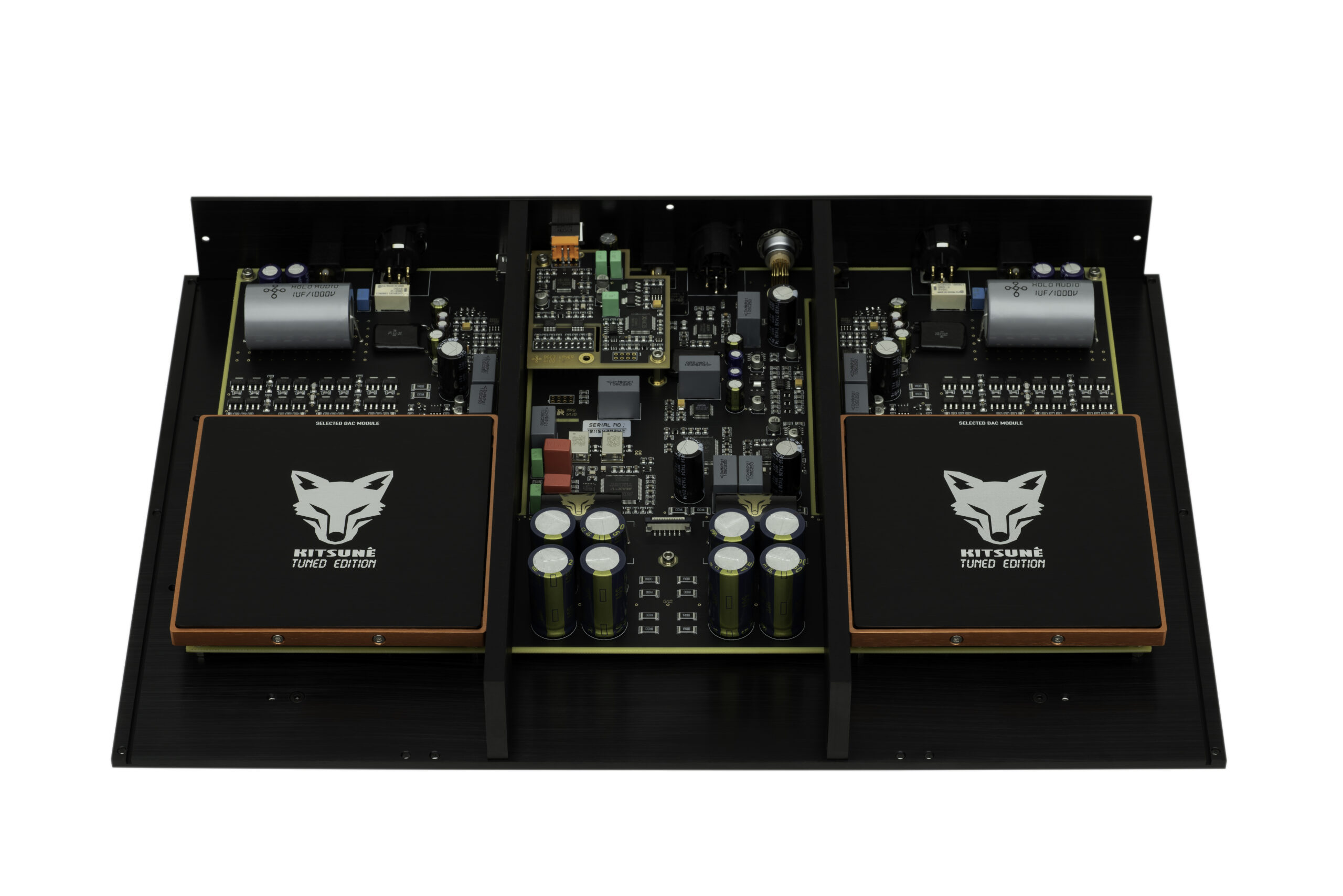
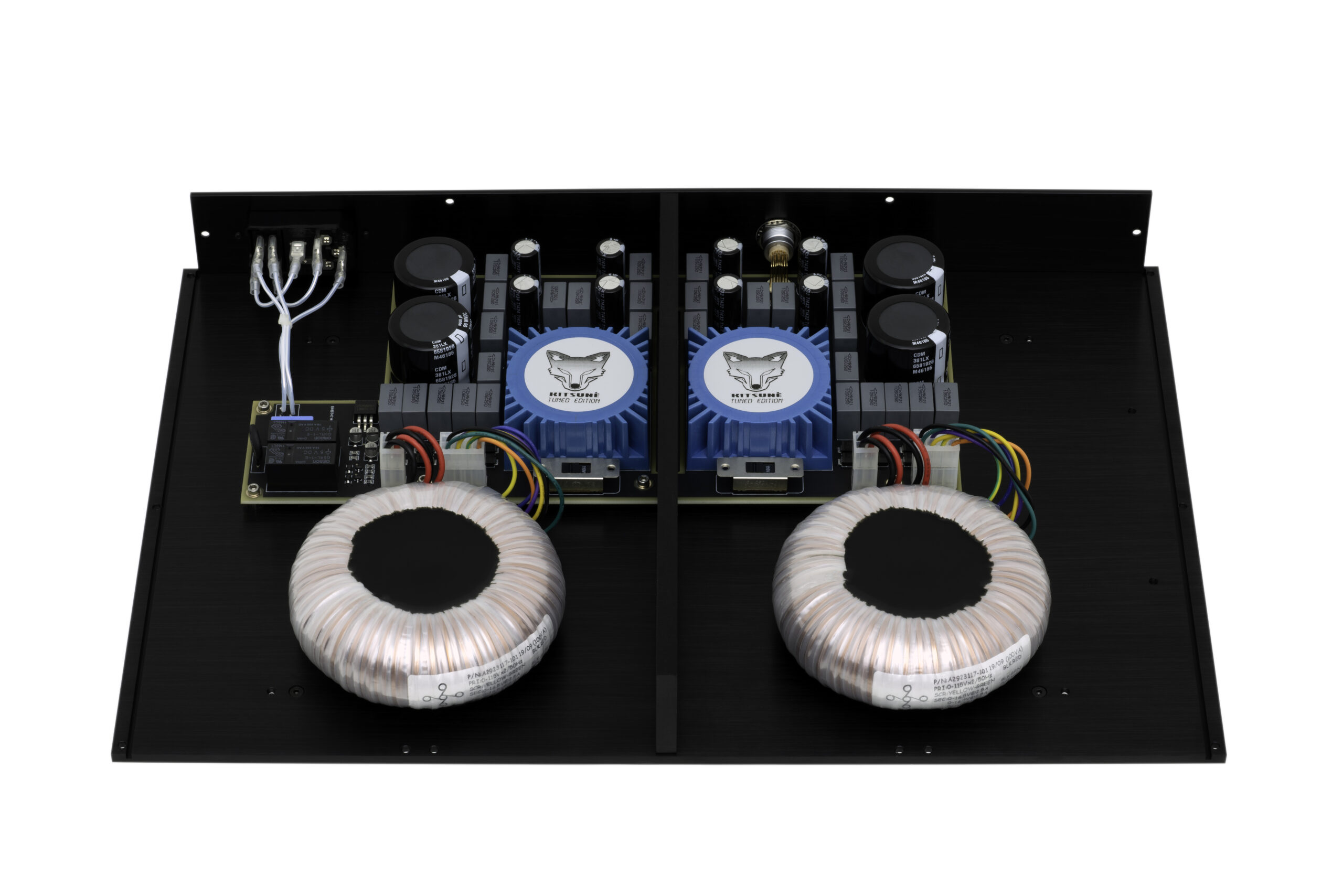



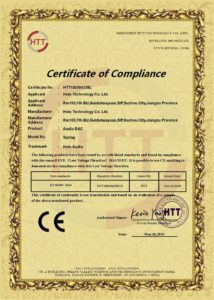
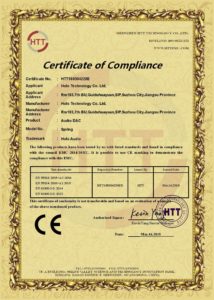

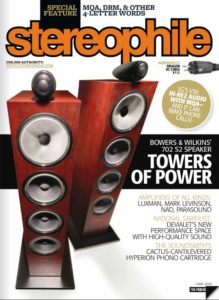
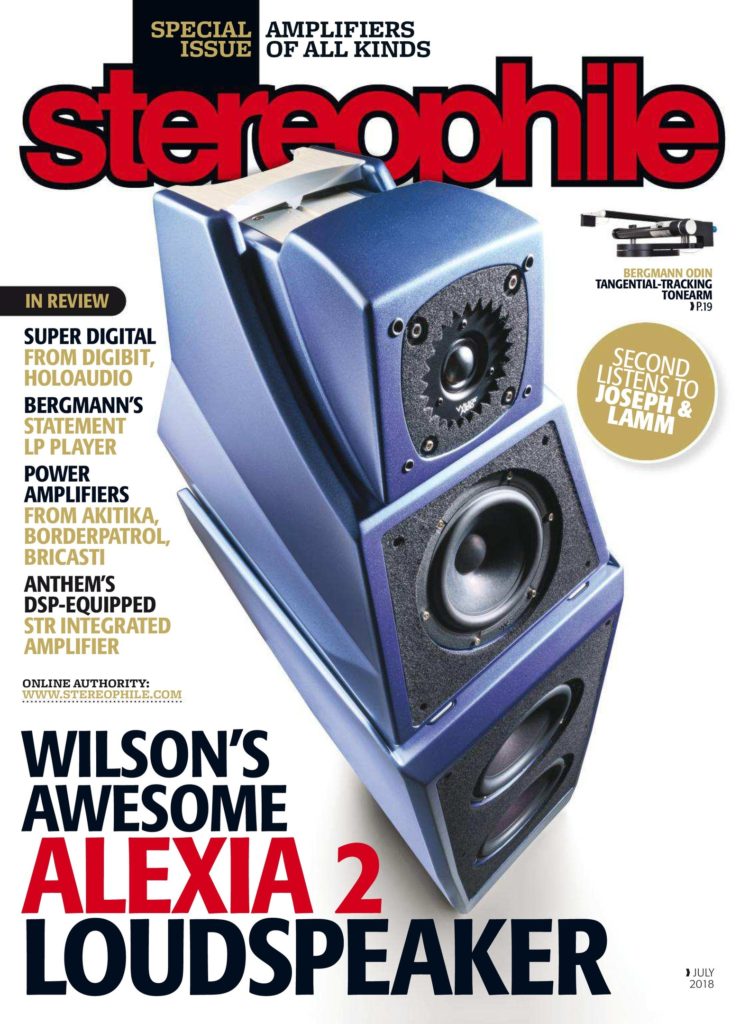
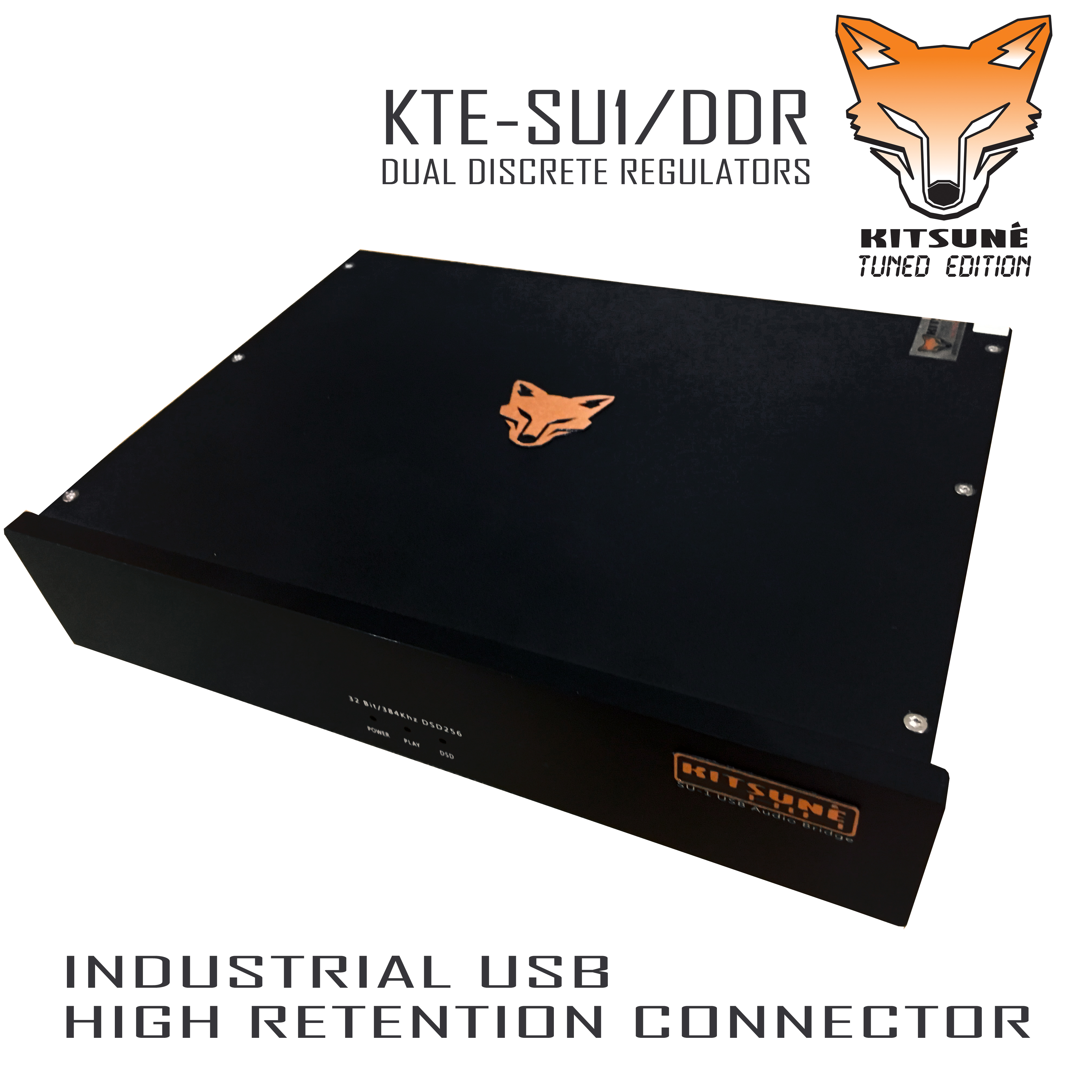
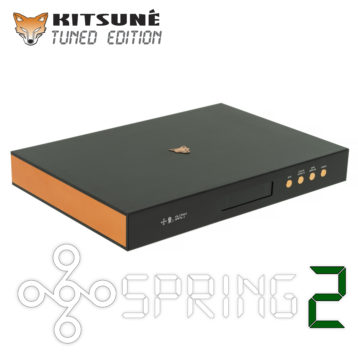
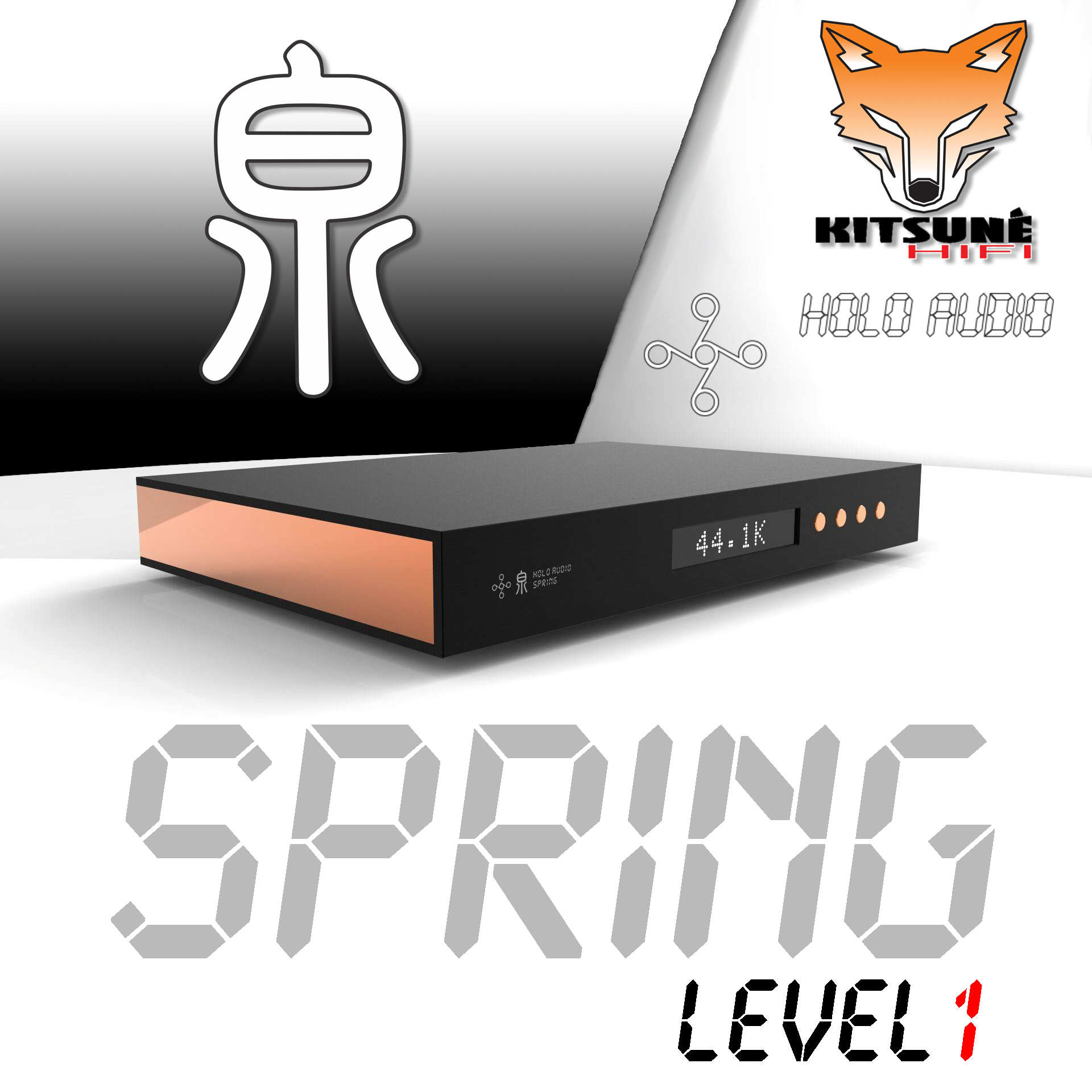
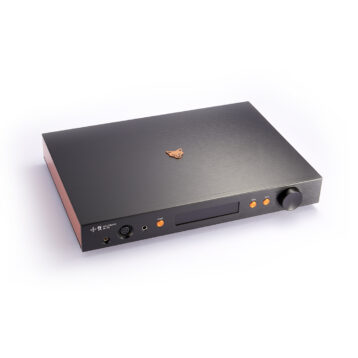
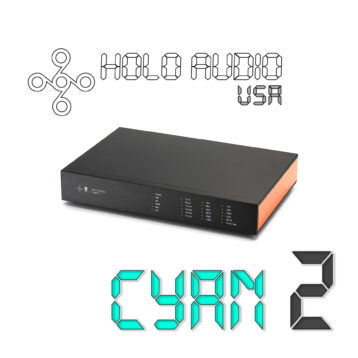
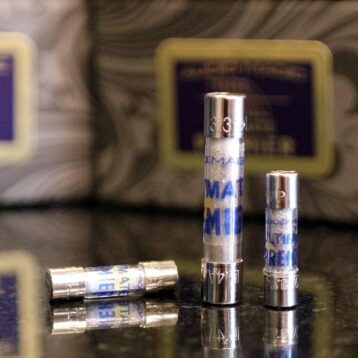
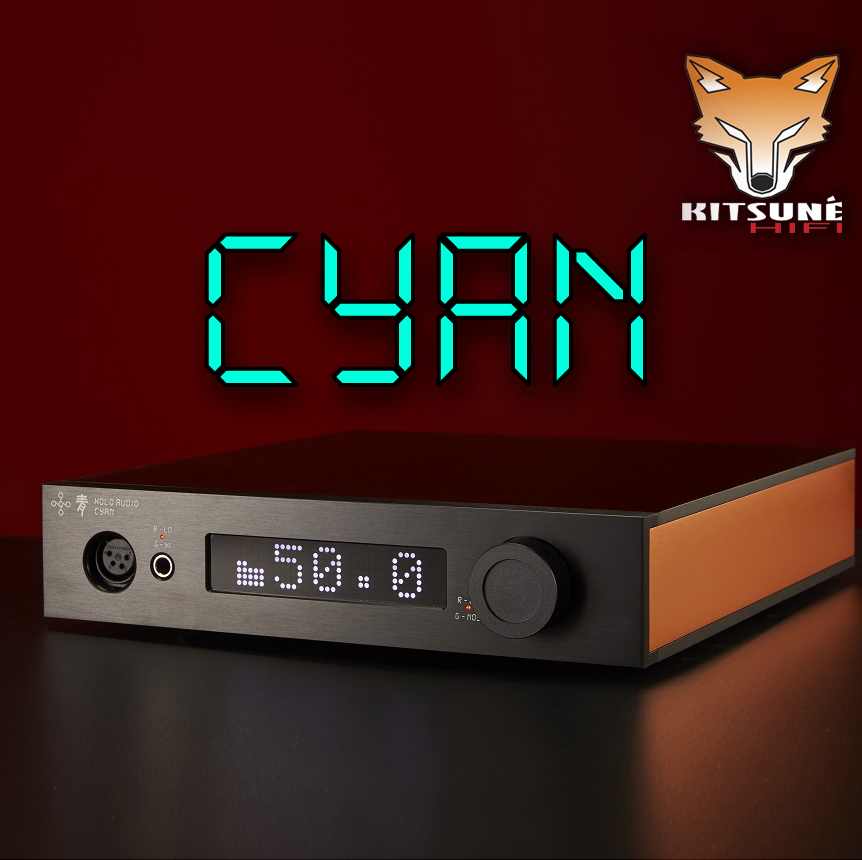
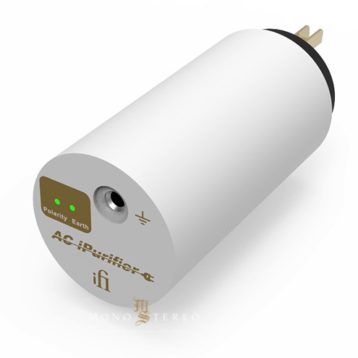
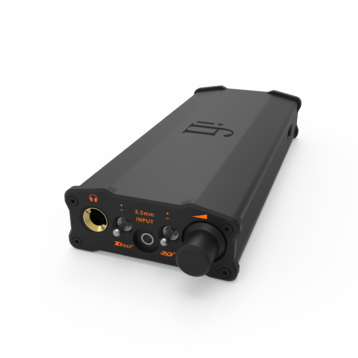
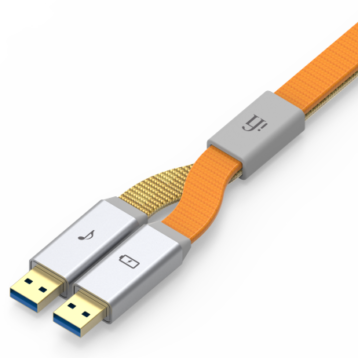
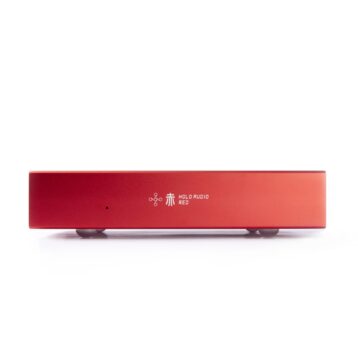

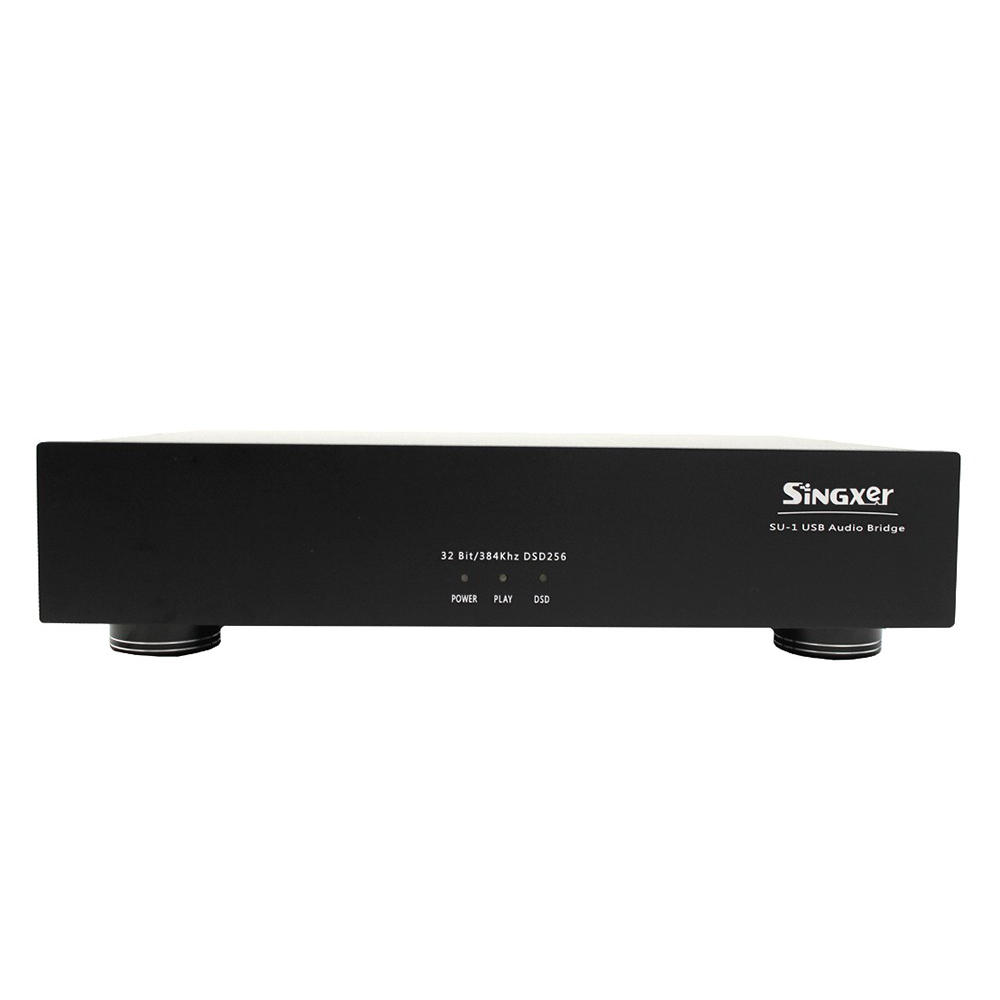
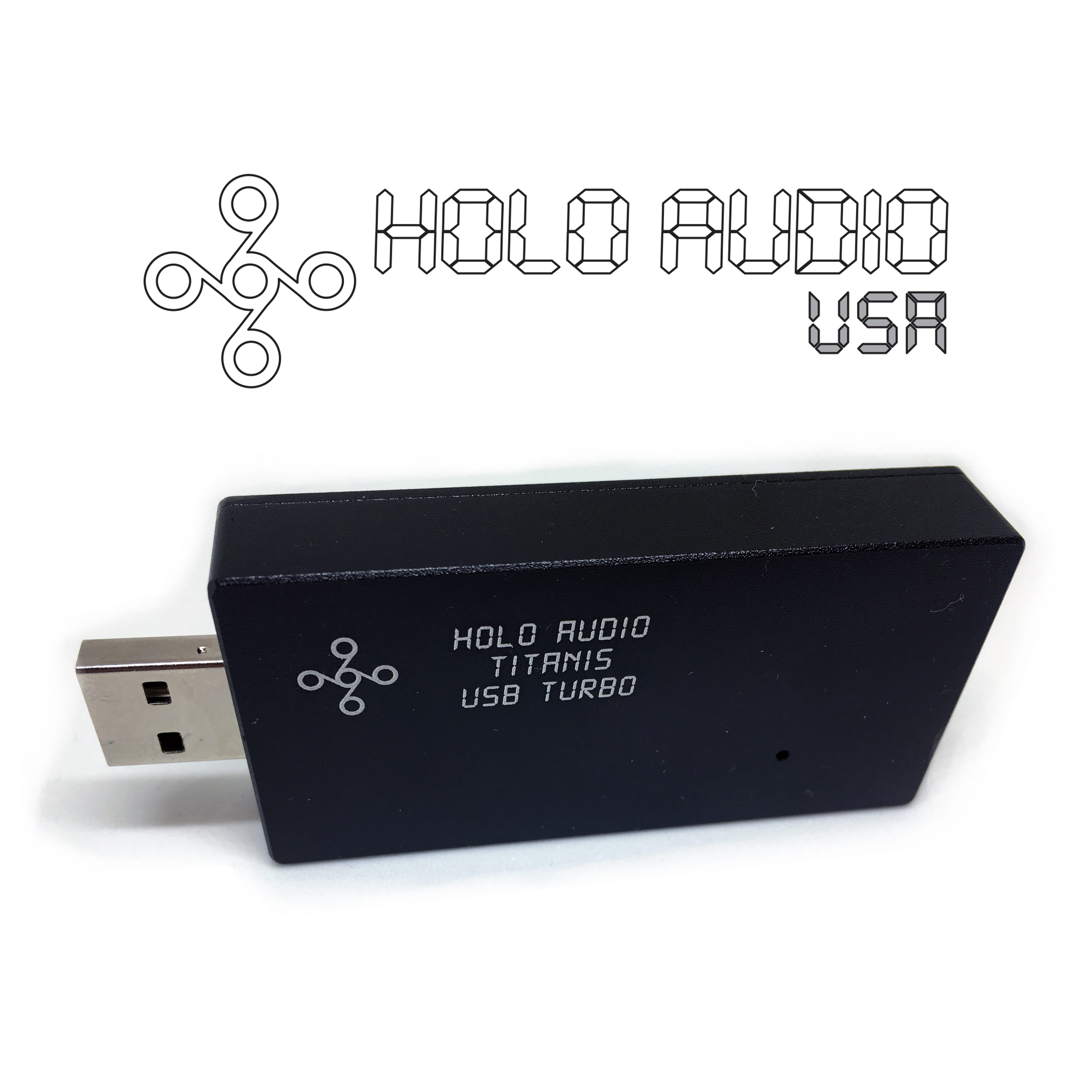
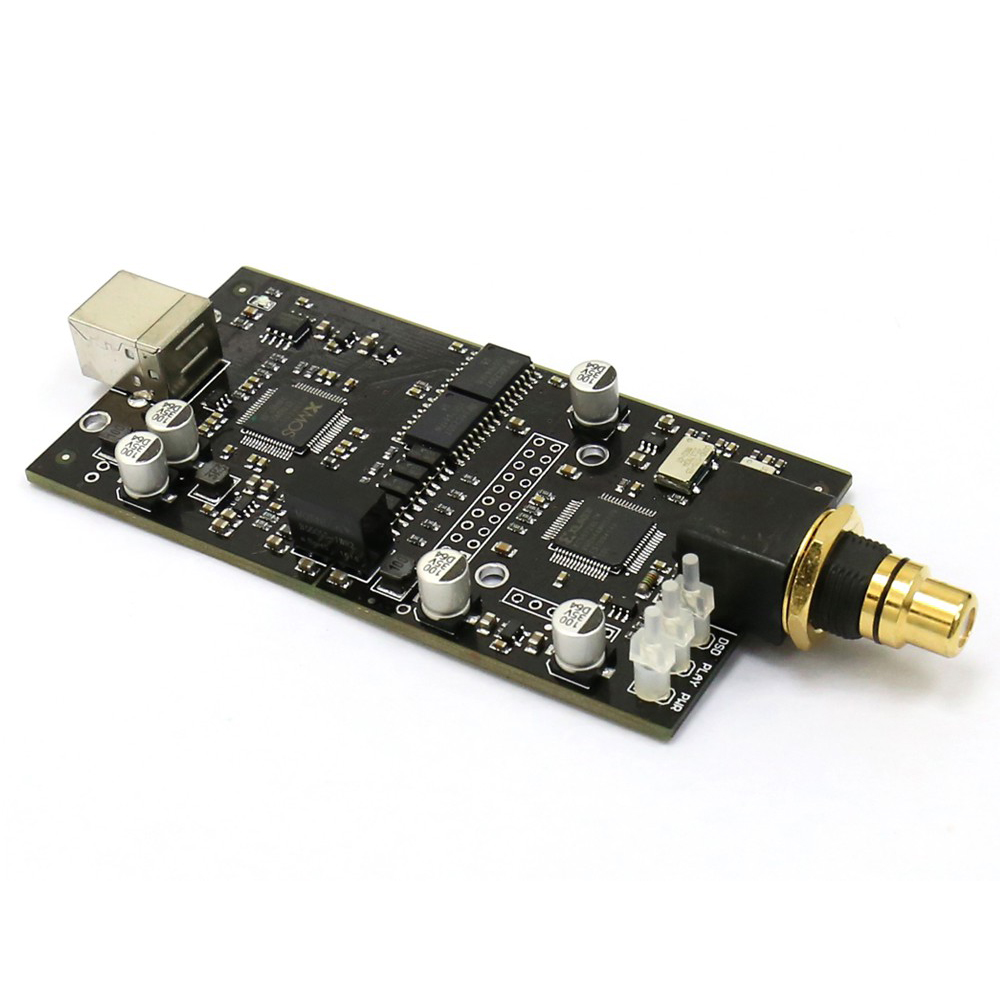
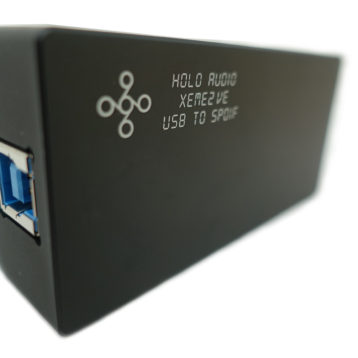
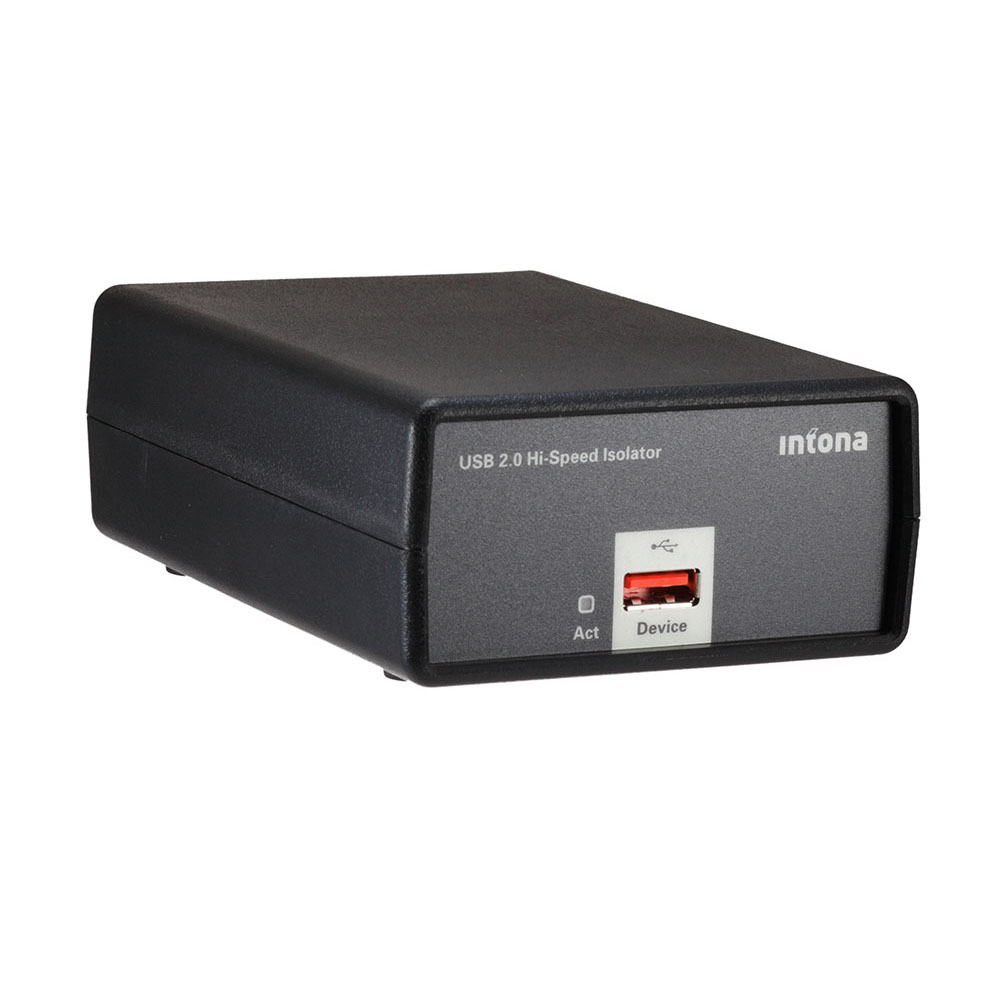
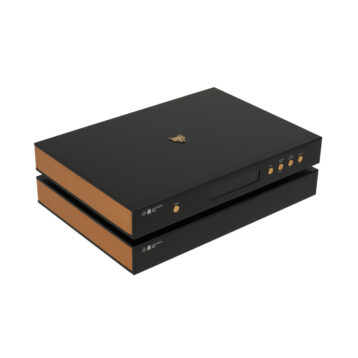
Go Fukushi –
[* Shield plugin marked this comment as “Pending Moderation”. Reason: Human SPAM filter found “/blog.” in “comment_content” *]
Here is my impression of the sound of May Dac.
At the moment, the burn-in had passed 20 days (around 500 hours) so impression on here is my feeling at that timing. There are possibility that will change the final impression for sounding.
I listened May Dac both in headphone system and loud speaker system.
May DAC’s sounding is Hi-Fi than I thought.Ranging of frequency on listening feeling is wide and clean. In terms of resolution, that is so high and even if I switched from my another main dac(enthusiastic original design build by AIT rabolatory of Japan, ES9038pro dual dac with full balance design, include VCXO + fifo buffer jitter reduction system by FPGA designed), there is not much to down, I feel the sufficient high resolution with natural, organic taste.
The tone is a orthodox pyramid balance and has no special personality. As I have listened various audio equipment, I realized that without giving an unusual tone balance such as too much hightone
rising or a hard tone, gaining a high resolution while maintaining the natural texture is so difficult. Seems really hard and extraordinary. Therefore, such equipment is often a product of strong insistence of desiner or manufacturer, and the price of them are often expensive.
May Dac have achieved this difficulty with amazing high level which is exceeding the same priced class standard.
While having beautiful tone and natural texture, you can also feel the absolutely high resolution and transparency performance. that is outstanding especially in mid-high tone.there are no artifact sounding hardness.I don’t have enough experience of comparing delta-sigma Dacs vs Multibit Dacs, or NOS DAC vs oversampling Dacs, but if you expect May Dac for natural tone which is so called “No artifact sound”; that is typical excellent point of NOS Multibit Dac; yes, May Dac may become your final destination as of now.
Looking at each band, the lows are tight but powerful. You can also feel it through headphones, but it’s easier to understand when you listen to it through the speaker system. Maybe you can feel the pressure of low energy as if you have changed the power amplifier or loud speaker itself.
The mid-high range is a plain tone but the resolution is basically high so that you can see the clear outline & movement of the sound. However, you can not feel the hardness in the high range or feel the habit of creaking like an unnecessary artifact Well done.
Thanks to these tight bass range and high resolution natural mid high tones, there are wide sound stage which enchat your listening experience.
I stunned especially for piano musics.
The back ground noise of concert hall and attack to piano keys are expressed in three-dimensional effect. And the raising up and fall down of high key tones are much transpearncy, so beutiful.
I have owned YGGDRASIL analog2 also. Comparing to Yggy, basic performance as an audio equipment such as resolution and range of frequency is much better than it. Yggy offer something like analog taste (vinyl taste?) sound experience that is characterized by non-tight powerful bass, thick mid-bass and midrange with good texture and transparency. Additonally, high tone of Yggy is gentle and friendly. That is so called “warm” tone.
May Dac is more and more Hi-Fi sounding.But No artifact sound, natural tone is there and in that point, both of Dac are seeking same direction. if you have love Yggy, maybe you will also fall in love with May Dac.
And both of them have different tone balance and sound character even though they have same direction for natural tone(no artifact), you must be able to use both of them with liking,
I have been wrote my blog for publishing audio devices impression on the following site. if you concern about more detailed review of mine, please check it with using browse’s translation function (Impressions are written in Japanese)
http://blog.livedoor.jp/johnny_trio_lsr/archives/2246019.html
Eric Johnson (verified owner) –
I received my HOLO AUDIO MAY DAC kte about 10 days ago. I listen to Lieder, string quartets, symphonic music and opera. Listening to my favorite works with MAY is magical. So much detail with a complete absence of anything unnatural really immerses me into recordings I have adored for a long time. The clarity is scary without calling attention to itself. This DAC is neither “bright” nor “dark”, simply …accurate. My inner experience is so visceral, I must choose works with which I am prepared to connect. I can detect no bandwidth limitation and so far, every instrument and voice sounds impeccably “right”. Nothing is exaggerated nor subdued – only believable. And so much texture is grin-inducing. I am very happy to hear my favorite music through such an accomplished instrument. This machine is important to me. I am closer to the sounds I need to make living worth it. My Jay’s Audio CDT-2 Mkll. disc transport is connected to MAY via I2S HDMI (PSAudio pinout) connection. ECJ
cyutai (verified owner) –
My May DAC kte unit has finally arrived AGAIN! It is quite a story as how I finally received my MAY DAC. However I have to say I am pleased with the outcome of the whole purchase process. My journey of getting my DAC wasn’t perfect to be honest but Tim’s customer service was just outstanding and make the whole waiting process worthwhile. Just want to say thank you again here.
I initially received my unit about 14 days ago. Upon receive it, my first impression about this DAC is just pure neutral. Compared to Bryston BDA-3 I currently have, MAY DAC sounds less edgy yet shows all the great details from the recordings. The bass is well defined but punchy. It also has a slight tough of tube sound (if you believe such DAC characteristic). Overall presentation is true to the natural sounds and no exaggeration from all spectrum.
However I had to send the unit back to Tim with less than 12 hours after the unit made its journey from HK to east coast USA. Tim told me that they caught a minor cosmetic cover issue on my unit and need to fix it as soon as possible. Upon receiving the instruction I sent the unit back within less than 12 hours from east coast to northwestern USA. Once Tim received it he fixed the issues within 24 business hours and the unit was already on its way back to me right away!! I totally understand manufacture issue happened from time to time but as long as you fix it right away it will be alright. And Tim just did that for me! The whole turnaround time is just quick! Considering the current environment we are in, I really appreciate Tim’s effort to ensure only a “perfect” unit being delivered to its customers.
I still need more time to appreciate MAY DAC kte and evaluate its potential but so far so good and Tim’s great care for his customers only reaffirms my decision to purchase this unit
Thank you!
Peter Redin (verified owner) –
I purchased my May KTE DAC about two months ago, and I am extremely happy with its performance.
I have bought and sold a lot of audio gear in my 25 years of owning high end stuff, and I can honestly say that this DAC has impressed me more than most other gear I have owned. It seems the impossible holy grail that most audiophiles seek in finding a DAC that sounds like analog. The May KTE is the closest thing I’ve heard to analog sound in a digital product. There are some excellent sounding DACs that I have heard and/or owned in the past, but all of them without exception had a very obvious digital sound to them. The May KTE is the first one for me that fools me into thinking I’m listening to analog sources. Quite often while I am listening to music through and a song is nearly finished, I find myself getting up to flip the record, before remembering that I’m not listening to records!
I can hear no hard edges, no glare or artifacts familiar to other digital products, many of which cost more than the May KTE.
I’ll just say one more thing. Read the reviews in the recent Stereophile editions. My experiences match what Herb Reichert and John Atkinson report in their findings.
https://www.stereophile.com/content/holoaudio-may-level-3-da-processor
I won’t say that this is the best DAC in the world, as I simply don’t know, but it’s the best I’ve ever heard. And I am confident that you’ll have to spend more than double the price to match it from another brand.
Peter Galvin (verified owner) –
Echoing what other reviewers are saying, the May DAC is an outstanding component in my sound system. Previously I’d had the Holo Audio Spring Kitsune’ L 3 DAC and found it to be wonderful, but the May brings more depth and breadth to the sound while keeping it real. Providing that “in the room with me” experience. I listen to all kinds of music (classical through heavy metal) and it brings all of the genres to life.
Previously, to get this level of “it’s there” sound, you had to go analog. In fact I’d gotten back into vinyl before using R2R DACs to try for that realistic sound. I regret that a bit now, as the May provides that analog-like sound from all of my sources, from low-res downloads through highres DSD, SACD rips, and full res CD rips. Can’t say enough about how happy I am with this component!
Chris Moore (verified owner) –
I will preface this by saying I am extremely fortunate to have an opportunity to try both the Holo Audio May and Spring 2 Dacs. Both dacs would be a wonderful addition to any home audio system depending on budget. Big thanks to my sponsors: Hope, dreams, and empty wallet. Now to the review.
Source:
– Roon Streaming
– HQPlayer
– Pi 4 and Pi3B+ and Pi2aes powered by SOtM SPS500
Connections:
– USB
– Optical
– I2S
Amp:
– Benchmark AHB2
Volume Control:
– Goldpoint SA2X
Headphones:
– Verite Closed
– Diana V2
Dacs:
– May L2
– Spring 2 KTE
After letting them both warm up I sat down to have a listen. I have had the KTE level Spring 2 dac for a few months and thinking that I knew it well, I started with the Holo May being fed by the pi3b+ through USB. Wow! Straight away I noticed how full the bass was. I mean it took anything I thought possible to another level. Right away I had to go back and check these findings against the spring. Keeping all other things the same, I switched to listening to the same song on the spring (“Shuggie” by Her, of course it had to be first). The bass on the spring seemed a little flat after listening to the May. Just to make sure I wasn’t going absolutely crazy, I hooked up my trusty SU-8 which is far from perfect but served its purpose of cleansing my ears of R2R magic. The spring still had amazing bass. Very full, precise, and accurate. However, the May was capable of much greater presence. Every thumping bass note in “Everything I wanted” by Billie Eilish pounded against my head with the most crisp, tight bass I have ever heard. I also want to say that both dacs on the NOS settings have great speed. That was one fact that was not diminished when switching between the two. The spring may have slightly less fullness of bass but still keeps up with the May on speed. The NOS implementation on both seems to be really well done. When putting each dac on NOS, the music seems to come alive. Most notably the bass impact and speed. I attribute some of the increased bass impact and speed I was hearing in the May to a slightly better implementation of the NOS feature. The NOS mode really brings out the best in the May pushing its speed and response to the limits. Every note is so fast and clean. I still thoroughly enjoy the spring 2 side by side with the May. I think the Spring does absolutely everything right that most people would need. It easily has the best staging, crystal clear imaging, and fantastic dynamics I had heard up until getting the May. I like to think of the May as a true upgrade to the spring.The next song that really impressed me on the May and originally when I listened to the spring 2 is “Wild Horses (Acoustic)” by Bishop Briggs. The breathy tones and fingers brushing against the guitar strings are perfectly encompassed by both dacs. The spring does a fantastic job with detail retrieval and presenting the song in a way that feels so realistic. The May still pulls ahead here for me. Every detail of her tone and voice is fully represented. Even the slight perturbations in the positioning of the guitar could be fully realized. For regular listening without focusing, they sounded much closer, but when really given the time and appreciation the May was the winner here. The detail retrieval of both is great but the May truly excels side by side. I next switched to listening through I2S from the Pi2aes. This was my favorite source on the spring 2 dac as it had increased clarity over the pi through USB. On the spring 2, I could tell a major improvement over USB through the Pi, however, on the May with the PLL turned on there was no difference or improvement that I could tell. I still decided to test it to keep all things the same. Listening to “Keeping me alive” by Bob Moses, the spring does an amazing job at making every little sound impactful and well separated. I can locate every sound as they transition around my head and using I2S defiantly cleans the signal up. Through I2S, the clarity of the spring definitely comes much closer but the May is still ahead. The May stages every sound perfectly. The overall staging feels even more real and lifelike. This is not to say that the spring sounds forced at all. When I received the spring, it was still the best presentation of sound I had ever heard. At this point, we are talking about the last 1% maybe less of music reproduction. The spring 2 dac has such great accurate staging and imaging (over I2S), but the May just does it a little better. Still on some songs when listening to the spring over I2S through the pi2aes they were very close in terms of SQ. One of the main things I noticed when listening was that the May definitely had better imaging. The center image was so crisp and every other sound to the periphery was perfectly locatable. I really discovered this when listening to “Hypochondriac” by Sasha Sloan. I had never heard such width on the Diana V2. The Spring and the May really opened up the song so much more than any other dac, but the improvements in the SS of the May was immense. One thing I have found with the May is that when just the right song hits, the staging becomes so immense and yet capable of real intimacy. The spring 2 still has amazing imaging and SS, far better than any other dac, but the May just takes it to an absolutely new level. I am going to attribute some of this to the May’s PLL implementation which cleans up the signal by a good margin. It is also worth mentioning that the PLL does a phenomenal job. Even on the spring 2, listening on optical had a very significant decrease in performance while the same is not true of the May.
My overall impression is that both dacs are absolutely fantastic. My experience with the spring is that everything feels so realistic. The spring 2 dac has amazing dynamics. Every high is so sweet and present, and the bass is full and precise. The staging is wide but realistic, and the timbre of the vocals is like none I had ever heard. Every note sounds like your there with your favorite artist playing just for you. If you do end up getting the Spring, I suggest you also invest in the Pi2aes and a good PSU. I think the spring sounds so much closer to the May by doing this. There were certain songs where they sounded much closer when both being fed through I2S than over USB. The May was the clear winner on all other sources. I still thoroughly enjoy the spring 2 side by side with the May. I think the Spring does absolutely everything right that most people would need. It easily has the best staging, crystal clear imaging, and fantastic dynamics I had heard up until getting the May. I like to think of the May as a true upgrade to the spring. If you want true perfection and are willing to spend the money, go ahead and get the May. If you want to spend a little less and still get a truly fantastic and capable dac the Spring 2 is perfect. It really does a great job keeping up with the May in most aspects.
Steven Watson (verified owner) –
I have had my KTE MAY DAC for about a month now. This has been the first major audio purchase I have made without directly being able to listen to the component beforehand. Most of my audio purchases involve a lot of listening sessions either at one of my local hi-fi shops or auditioned in my system. However, I have been interested in Holo Audio since reading such positive reviews of the original Spring DAC. When I read the reviews coming out for the KTE MAY DAC, I decided it was time to pull the trigger. Now, after weeks of listening I could not be more thrilled with my purchase.
It is hard for me to articulate how wonderful this DAC sounds. My system sounded excellent before the KTE MAY, but it sounds so much better now. This DAC is more than just non-fatiguing, it is addicting. I find it harder to leave my stereo to go to bed at night. I want to hear how every song, every album sounds on my system now. I listen to a fairly wide variety of musical genres and this DAC makes all my music sound better than it ever has before. Simply recorded acoustic music has such beauty and nuance. I am hearing subtle changes in the tone of voices that I did not hear before. Complex recordings sound cohesive, but with no congestion and the ability to hear individual instruments in a three dimensional space. Probably one of the biggest differences though is with rock, funk, and hip hop. The KTE MAY has so much more of a sense of groove (the feeling of changing pattern in a propulsive rhythm or sense of “swing”). This DAC may sound beautiful and non-fatiguing, but it is far from boring. It makes music exciting and fun.
I would highly recommend this to anyone who already has a good stereo setup and wants to take it to the next level.
My System
– Music Server: Roon ROCK running on passively cooled Intel NUC with internal SSD for music storage
– DAC: Holo Audio KTE MAY
– Preamp: Parasound Halo JC 2 BP
– Power Amp: Parasound Halo A31
– Speakers: Dynaudio Contour 60 (with IsoAcoustics Gaia II feet)
– Line Conditioner: Audioquest Niagara 5000
– Power Cables: Nordost Tyr 2 for line conditioner, Nordost Frey 2 power cables for Power Amp, Preamp, and DAC
– Analog Interconnects: Nordost Frey 2 (balanced)
– Speaker Cables: Nordost Red Dawn
– Digital Interconnects: Intona Professional USB cables, Intona High Speed USB 3.0 Isolator
James Stephens (verified owner) –
The addition of the May KTE to my setup has been nothing less than revelatory. Around 200 hours I realized this DAC was something special. Now past 500 hours and occasional moments of delight have been replaced by an almost continual sense of amazement. My soundstage was large and deep before I added this DAC but now it is huge. The combination of detail retrieval along with a completely not-fatiguing presentation draws me into the music in a way I have never experienced. Simply intoxicating.
Network: Intel NUC (Roon ROCK) –(Ethernet)–> Sonore Optical Module –(Fiber)–> Uptone EtherRegen (+AfterDark Clock) –(Ethernet)–> Aries G2.1 Streaming Transporter
DAC: Holo Audio May KTE (USB Input)
Pre-Amp: BHK Signature Preamp
Crossover: JL Audio CR-1
Power Amps: Parasound JC 1+ Monoblocks
Speakers: Monitor Audio Platinum PL 300 II
Subwoofer: JL Audio Fathom f113 v2
Speaker Cables: Analysis Plus Silver Apex fully bi-wried (dual runs)
Interconnects: Analysis Plus Silver Apex
Power Conditioning: Shunyata Denali 6000s v2. 6x Dedicated 20A Circuits + Dedicated Subpanel.
Power Cables: Shunyata Sigma NR (Denali) + Alpha NR (Amps + main components)
Cabinet: Salamander Designs Synergy 339 Triple Wide
Amp Stands: Custom 2″ Walnut with IsoAcoustics Gaia II Feet
Acoustic Treatment: Gik Acoustics Monster Bass Traps + Gik Acoustics Alpha 6A Panels
Isolation: IsoAcoustics Gaia Isolation Feet (Speakers +Sub + Amp Stands) + IsoAcoustics Orea Bronze+Indigo Vibration Isolators (Components) + various Herbies Audio Lab products (Giant Fat Gliders, Big Fat Dots, Fat Grounding Bases, Tenderfeet, Grungebuster Dots)
Scott Rose (verified owner) –
The May KTE has elevated my system to the next level. Coming from other highly rated R2R DACs, I can confidently say that the May is simply amazing. Huge levels of detail, holographic soundstage, pinpoint yet airy imaging with a clarity and focus that is truly breathtaking. I can listen to this DAC for hours, and it is only two thirds through its break-in process. Just keeps getting better! Highly recommended!
System:
Harbeth M40.3
McIntosh C50
McIntosh MC601
PS Audio P20
Holo May KTE
SOtM sMS-200 Neo
SOtM sPS-500
PLiXiR BAC
Roon ROCK Custom NUC
Teddy Pardo PS
SVS SB13-Ultra
Jonathan Carpenter (verified owner) –
First of all, I have a crazy system with Wisdom LS4 bi-amp only speakers powered by 4 Atmasphere MA-1 amplifiers. My source is a special audiophile PC built by Paul Pang. This system, to say the least, is revealing!
Because of the Bi-amping, I have two Serene preamps and soon to be 2 May DACS. Holo All the Way!
My new May replaced a Spring 2 (KTE) DAC. I had been very impressed by the Spring2, as I found it considerably better than a DAC that used the great Sabre ES9038PRO chip.
Based on the stellar reviews, I ordered the May and let it burn in for 100 hours before listening to it.
The difference in sound was not subtle. The May was so clear and distinct, yet utterly natural with no hint of edginess – and this is compared to the Spring 2.
I could go on, but the improvement in sound was so obvious that I’ll just stop here. Jeff Zhu is a genius!
Greg M (verified owner) –
I purchased a Holo Audio May KTE DAC on November 25th and received it 5 weeks later. Break in has been quite a roller coaster ride until the last few days, 430-450 hours in. Dynamic one day, not so much the next. At points the May was pretty ordinary and even strange sounding (one day I had an unusually tall and narrow soundstage), yet there was always some intriguing aspect to the sound, like delicate cymbals, or a crazy realistic sounding acoustic guitar. I have owned quite a few DACs over the last twenty years (Bryston BDA-1, Bryston BDA-2, Berkeley Alpha Series 2, Hegel HD30, SimAudio 380D, Luxman DA-06) and none of them had this wild of a break in. I don’t know if this is common to R2R DACs, all my previous DACs were delta-sigma.
My system (Aurender N-10 > May KTE DAC > Rogue Audio RP-7 > Bryston 14b SST2 > Salk SS8) can sound very analytical without room treatments, careful speaker positioning, and decent cables (I use Shunyata balanced cables). A single AES, USB, interconnect, or AC cable can make a very noticeable difference to the sound, so it has been a battle to get the system to sound “analog” and musical. I started this hobby when vinyl and reel to reel tapes were pretty much the only sources available. I sold all my vinyl years ago and have no desire to go down that road again, but I have missed some aspects of the sound.
At last things have come together with the May DAC and are sounding flat out amazing. Much closer to an analog setup than I ever dreamed I could get with digital, and to me it sounds clearly better than my previous analog systems. A number of tracks that I am painfully familiar with such as Jennifer Warnes “Somewhere, Somebody” sounded surprisingly improved over how I have heard them in my setup before the May DAC. I’m not going to attempt to describe the “sound” of the May DAC, it will likely sound different depending on individual systems and rooms, and other reviews have already done a much better job at audiophile descriptions than I could possibly do.
I have read a few forum posts stating the “full” May break in has taken 1000 and even 3300 hours, way over the Holo Audio recommended 500 hours. Scary to think the May isn’t fully broken yet in and will sound even better down the road – it is already the best sounding DAC I have used. The May DACs break in time is a must and you flat out are not hearing what it can do if you don’t keep it powered on for weeks before judging the sound.
Allen B (verified owner) –
I am an audio geek. I love the music, the equipment, the systems. And through it all, like is often said about the audio hobby, I am searching for an emotional connection. For me, that is not just to the music but also to a beauty, symmetry, and expression I can create with various components. It all leads, however, to an emotional connection both to the music and to the musician. To the human articulating some wondrous and impassioned musical expression of life. And that is where the Holo Audio May DAC comes in. With it I am able to hear not just the music but the musician. I can hear and feel the musician’s articulation and passion. Those two words – articulation and passion – define for me the May DAC. The articulation of hearing a piano key pressed (that first moment), moving through the space of the key, and to the striking of the hammer on the string. All together and yet distinct. And the ability to not just hear what the musician is playing but to feel him/her when doing so. The May DAC is a wonderful and human instrument in itself.
Rush –
I believe I have one of the first Holo May imported to the US. I eventually had a problem with noise in one channel, and Tim fixed it right up once he had the DAC modules to replace the existing modules. Very good customer service from Tim once he was able to get the boards over to the US.
The DAC sounds great, best I’ve had in my system without question. Easily bested an Yggdrasil. Zero noise now that it’s fixed. Highly recommended!
Gabor Pernyeszi (verified owner) –
Bought the KTE edition over a year ago now and I have to say that this may be the best sounding DAC I have ever heard (in my system and audio shops). I use it with some Conrad Johnson preamps and amps feeding Magnepan 20.1 speakers. Truly wonderful sound. Incredible clarity, dynamics, and presence. Deep black noise floor.
I can write all day about it but I highly recommend Goldensound’s youtube two part review if interested in making the purchase.
Tim does the state side customer support and is very helpful and responsive.
Dennis Francis –
Wow! First let me start off by saying I’m a longtime audiophile veteran, who has owned quite a bit of gear over the last 40+ yrs., ranging from Mark Levinson, Conrad Johnson, Martin-Logan, etc. I now have the pleasure to own a very high resolution headphone system, consisting of Audeze’s amazing CRBN static cans, Woo Audio’s 3ES amp, and now this killer May DAC. The May KTE has really ‘rocked my audio-world’ in a way that few other components have. This DAC replaces my longtime stalwart DirectStream DAC, which I honestly thought could never be bested. The May is superior in every parameter of reproduction. I won’t wax lyrically and try to describe it’s sound, suffice to say it is holy real, organic and without any trace of distortion or other deleterious artifact or signature. I couldn’t agree with a previous reviewer more when they stated that the May KTE is not like an open window to the sound, it’s like the window isn’t even there…
BTW, if NASA ever designed a DAC, it would look and sound like this.
Incredible, incredible, incredible.
Thank you HoloAudio – and I can’t wait to hear the Serene KTE preamp.
Weldon (verified owner) –
After about a year in service, I can say without hesitation that this DAC is a superior product. It seems always, to make “music, not sound.” Paired with a PS Audio PerfectWave SACD Transport and linked by the I2S pathway, the Holo May sings, swings and is relaxed without a hint of digital nasties. Wonderful musical textures and tremendous resolution and a beautifully rendered soundstage make this perhaps the best overall value DAC I have heard so far. My listening is mostly centered on Red Book CDs in the NOS mode. The remote buttons are a bit off on my unit (loose feeling), but the overall presentation is first rate. It is built to very high modern industrial standards and has worked perfectly since unboxing. You may be able to do “better” for two or three times the asking price, but my sense is that you also might not.
mimo2310231 (verified owner) –
I will say that what attracted me initially were a few online review videos, especially those by Goldensound and NRD. Specifically the Goldensound review where he showed the inside of the unit, the board and R2R ladders, explained the engineering etc… I was so blown away by the attention to detail, the passion and love of the work required to build anything so aesthetically pleasing, literally inside and out!, and with so much engineering tech, with such unreal measurements.. I was totally fascinated. After reading and viewing any and all reviews I could it became clear that this was not going to be a cold renderer of my music and would fit my preferred reproduction, ie accurate and lifelike. I have now ordered the Serene KTE for much the same reasons and expect that as with my May KTE there was an absolute meeting and surpassing of my expectations (maybe a less this time given my expectations now that I have become accustomed to the may are through the roof lol!). I feel less inclined to listen to my turntable that before, still enjoy the experience and tactile engagement.. watching the record spin etc, but before the May KTE there was also a digital tradeoff that I no longer hear. Today with the May KTE there is no doubt that the digital playback is better in every way, hands down, no contest. I have a Vertere turntable and phono pre that with cart is the better part of $12k so more than 2X the May KTE, so when I say no contest I want it understood that I’m not making an unfair comparison. Currently I have a pair of Benchmark AHB2s in bridged mono config with a pair of Canton 5K Reference series tower speakers and using a Burson Audio Soloist GT Headphone w preamp as I await my Serene KTE and it is already blissful so can hardly wait for Serene (prior to Benchmarks I was using a McIntosh 200W x 2 integrated, and prior to May KTE the DAC on my McIntosh MCD500 SACD player that is now simply a CD transport into May KTK SPDIF).
spection –
I’m pretty new to the hobby so I apologize if my descriptions aren’t that clear. Before I had this and the May with a pair of Empyrean IIs, I used the OG Empys and a Dacmagic 200m. Every song I listen to gives me wave after wave of chills, and it’s like I’m listening to all my favorite music for the first time, and that feeling remains after listening to the same song again and again. I’ve never felt any closer to the music.
Charlie B. –
# Overall Summary
The Holo May KTE is a fantastic upgrade over my previous DAC the Holo Spring II KTE. In turn, the Spring II was a large upgrade over a similarly priced, top-of-the-line OS DAC by a well known audiophile company.
The May is well worth its price. The sound is very clean and musical.
# In More Detail
When first received the May I used it with all settings set to their default value. This includes the PLL setting, which for me turned out to be pivotal as I connect through a USB port. The default for PLL is On and in this setting I experienced a sound that is more textured than I was used to with the smoother-sounding Spring II KTE. With PLL set to On the May has lots of detail and rich texture in the midrange while at the same time being very clean. This is very hard to achieve and I believe that many users will prefer this mode just for this reason.
One some days, with the May as the source, my system was able to out resolve my ears; which is to say that I couldn’t hear the DAC, nor amps nor speakers, etc. My system on these days was totally transparent and analog sounding. I don’t think it can get better than this, in my system, regardless of price. At least for me, that’s the goal.
Perhaps the only way to improve upon that would be to have this happen every day.
To my ears, through USB, I ended up preferring PLL being set to Off. In the Off setting the soundstage is much deeper which is my preference. It’s also not as close as with PLL set to its default but I still prefer a deeper stage. The sound is also smoother, more like the Spring II KTE only much better in many ways.
As much as I enjoyed the Spring II, I have to say that the May is somehow much cleaner. I’d say that on some of my worst sounding recordings the level of distortion must be at least 20 times less in the May, on the low end, and up to 100 times less on the exaggerated end. Probably a good single number to pick is to say that the May KTE is 40 times cleaner than the Spring II KTE and much cleaner than my previous DACs.
Back to the PLL=Off setting through a USB connection: In my system, in my room and listening with my ears, because of the smoother presentation in the midrange, I behaviorally would turn the volume up to compensate for the smoothness. Higher volume would in turn leave the impression of more and better bass and this is another reason I preferred this PLL mode. Of course, bass is very room dependent. But I thought I’d mention this because midrange detail does have an effect on the overall experience.
Midrange textue also has influence on the optimal seating position. I found that for me, the seating / listening position is better further back with PLL=On and further forward with PLL=Off.
Lastly, I didn’t try any other digital input connection other than USB and I know that PLL=Off will not be optimal or advisable for several of the other digital inputs, at least including S/PDIF, AES/EBU, which include the RCA and BNC connectors, and TOSLINK.
I can only highly recommend the Holo Audio May KTE.